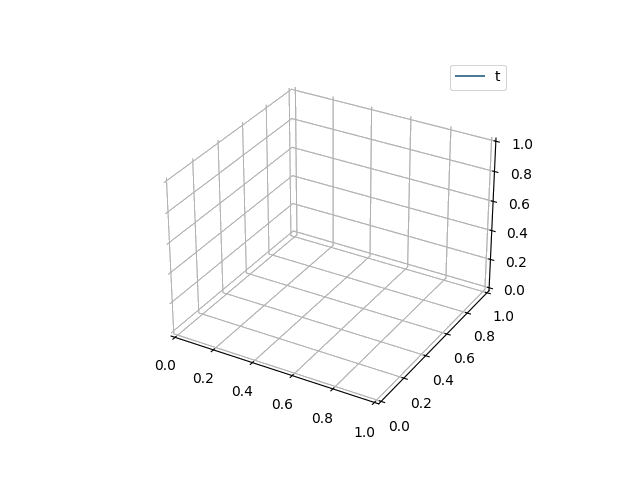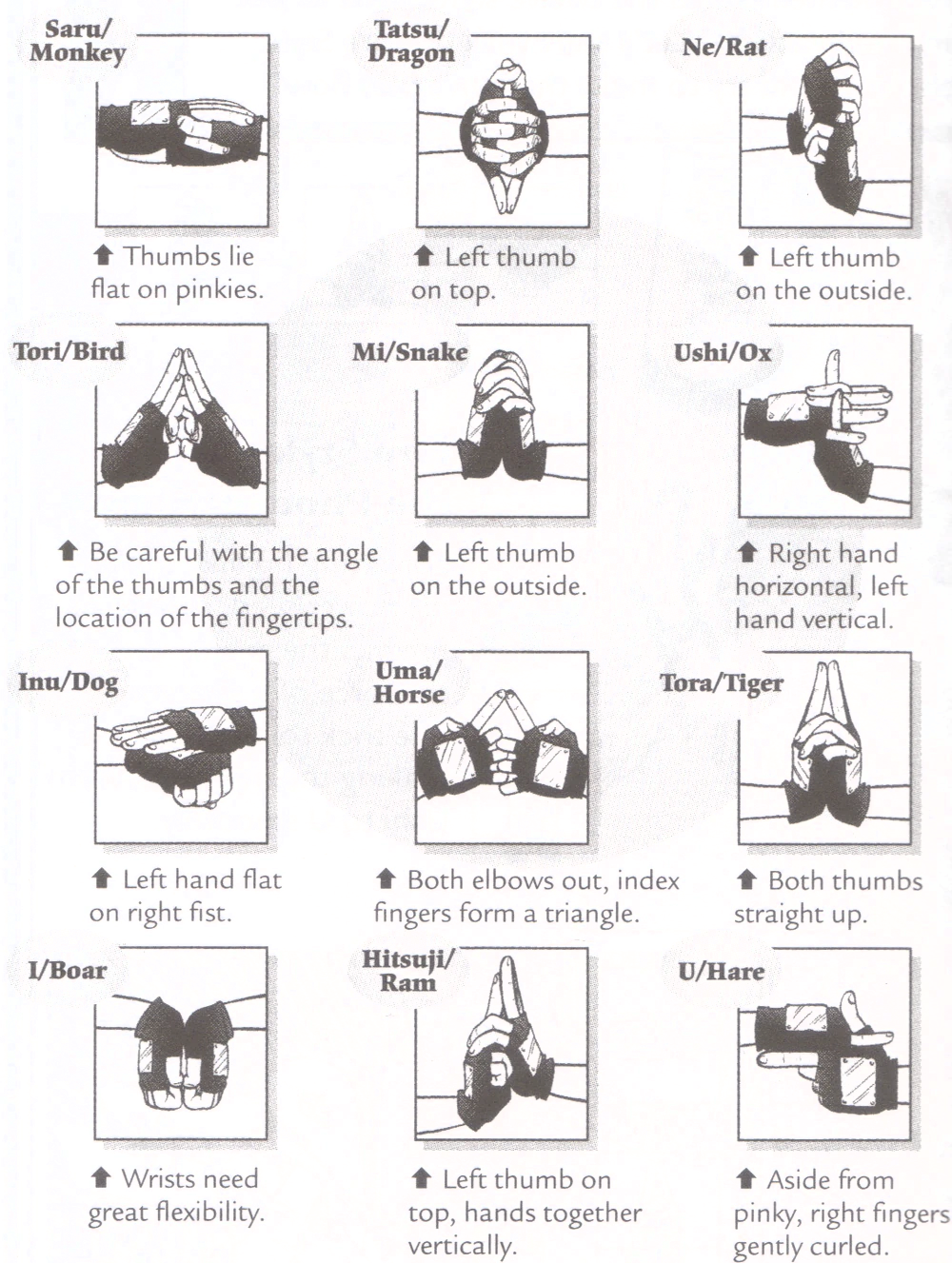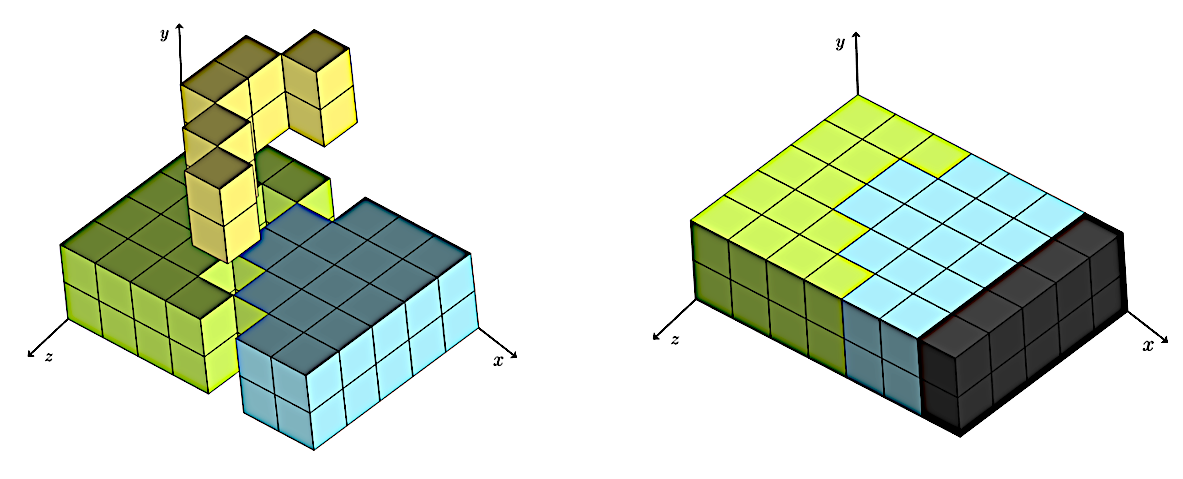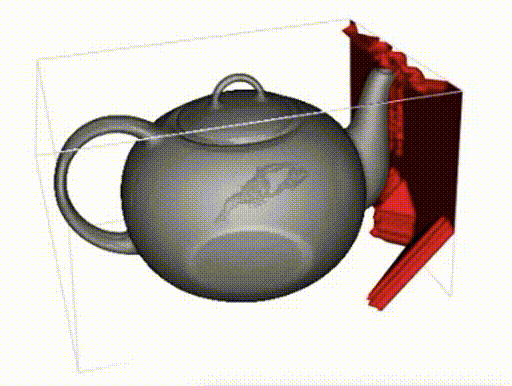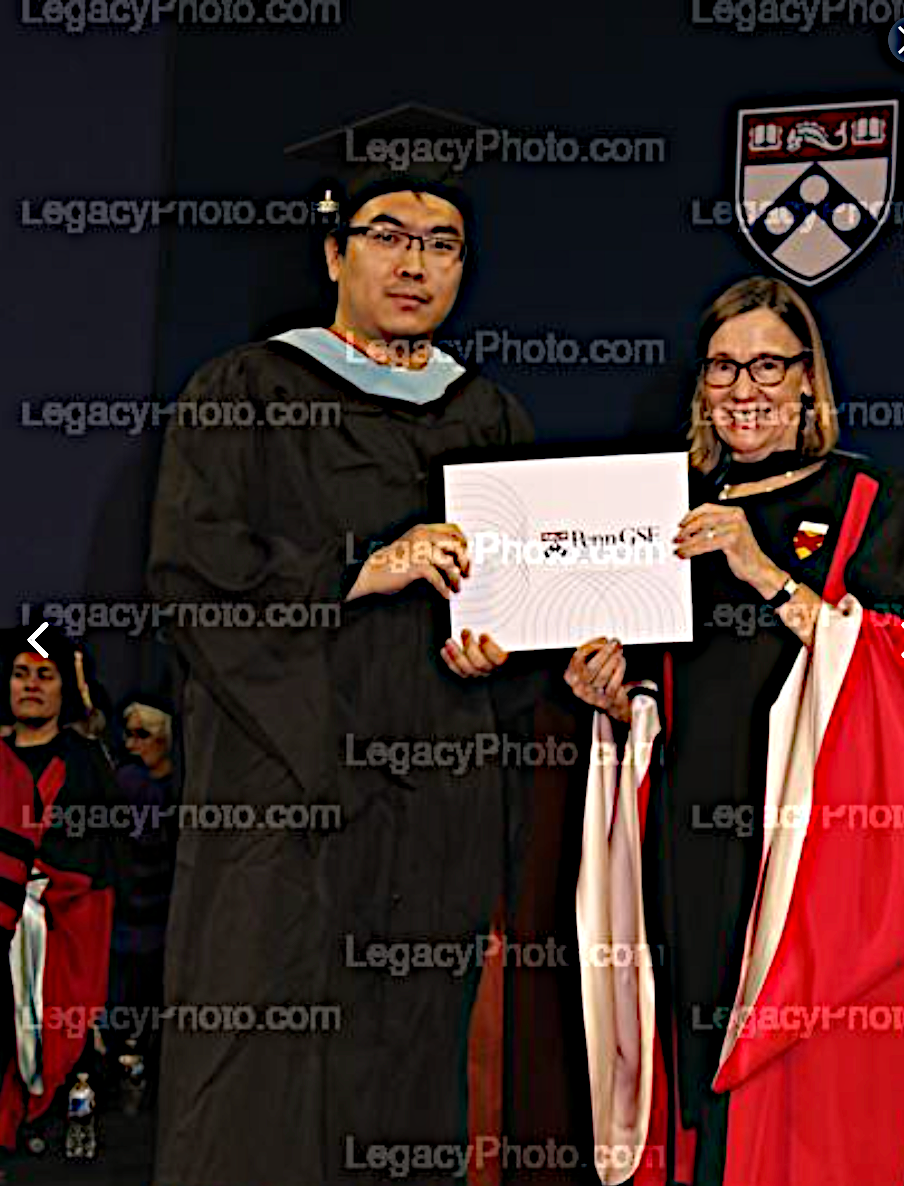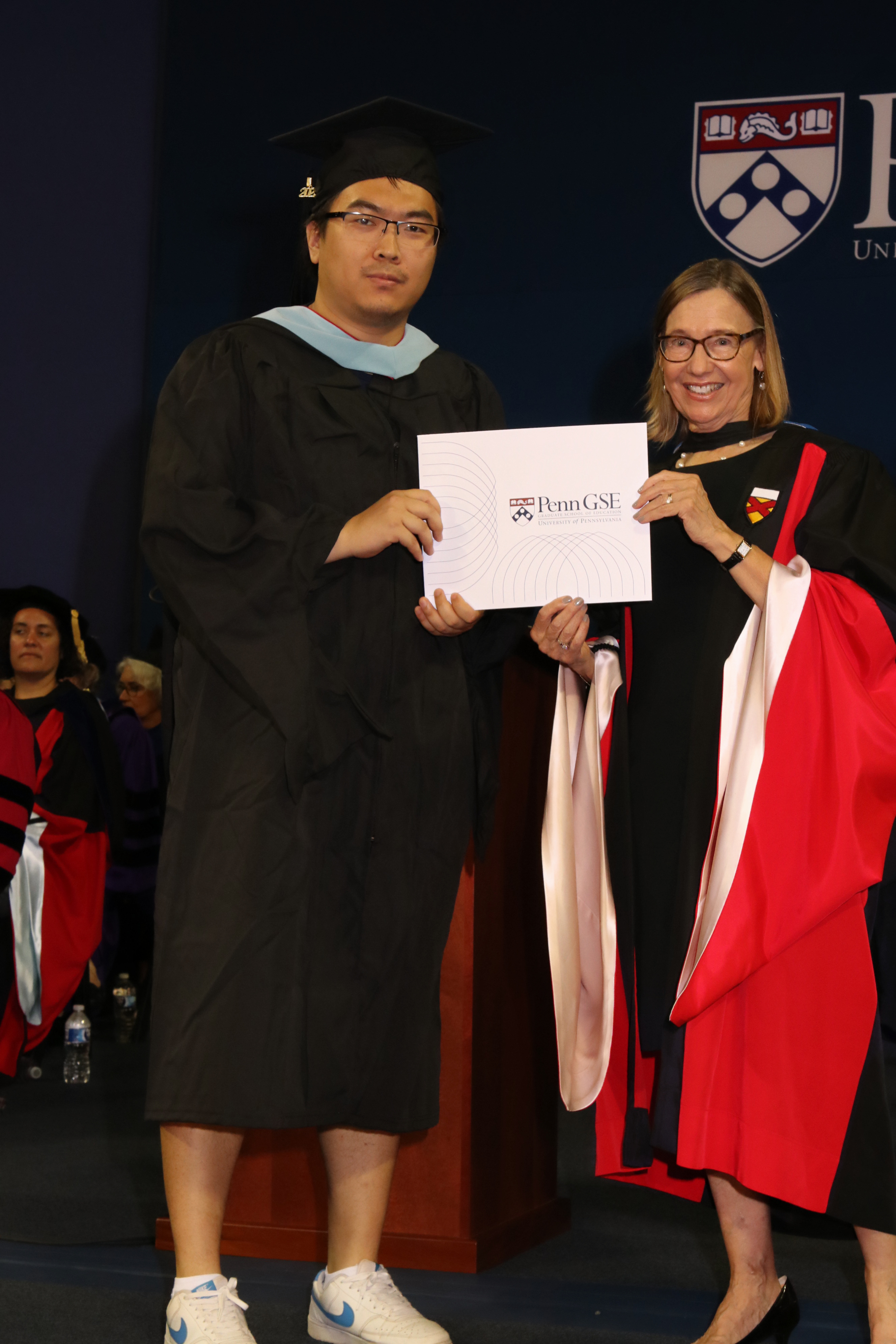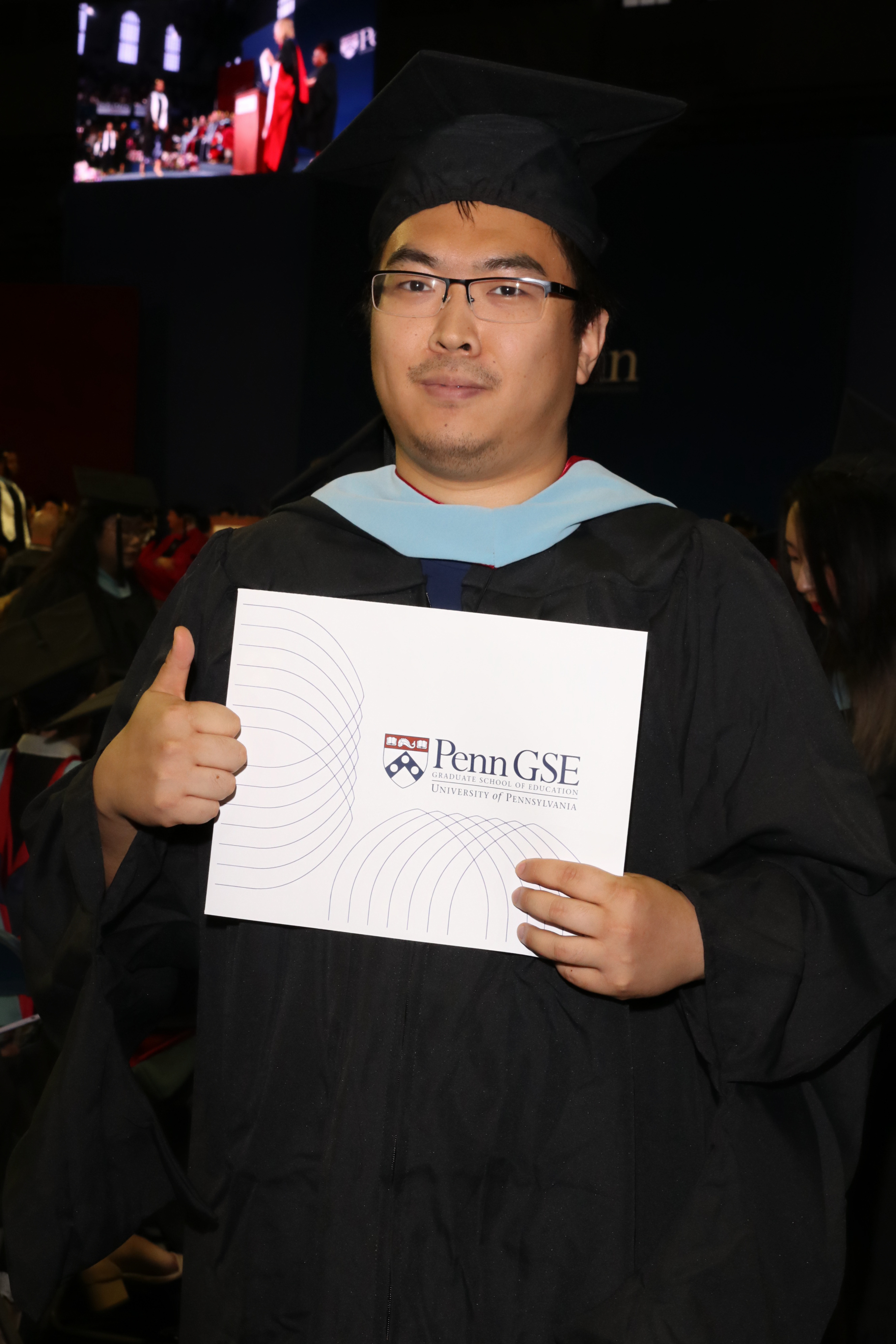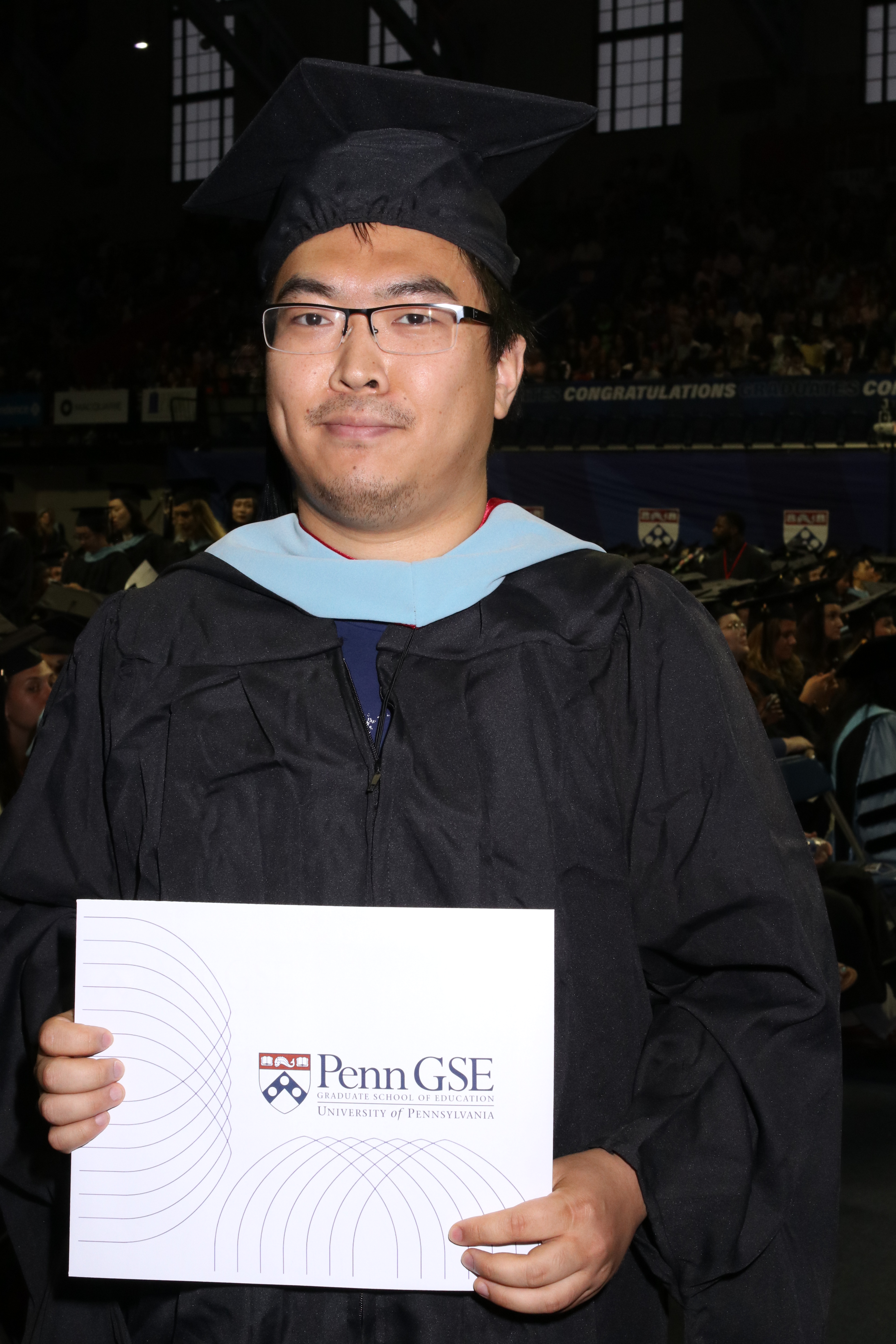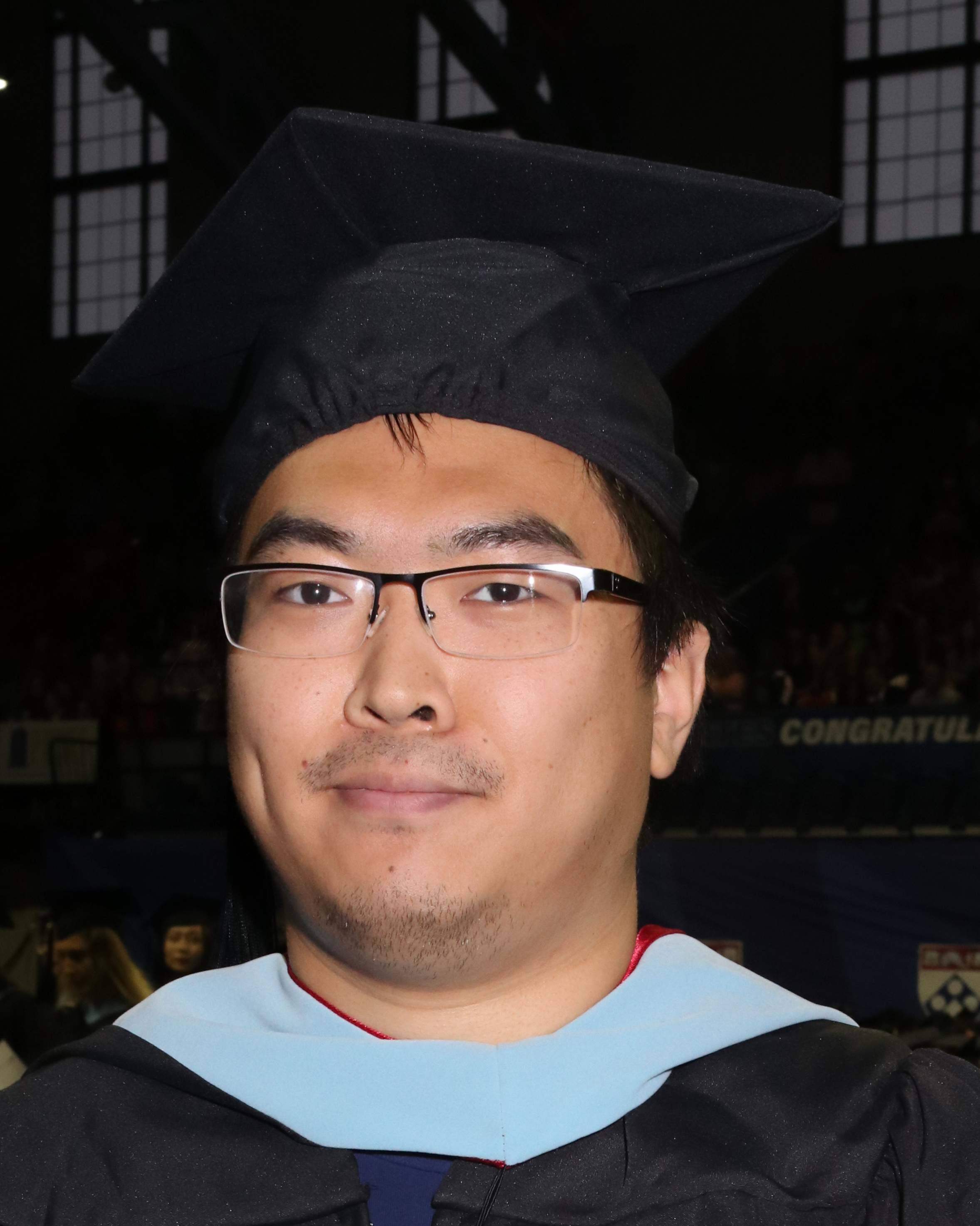I am a master's student in applied mathematics at William Paterson University as of Fall 2025 semester after transferring from Yeshiva University where I attended since January 2024 where I also participated in instructional efforts. I received my undergraduate and other master's degrees from Peiyang ('Tientsin,' 'Tianjin') University, Clemson University, Hult International Business School, and University of Pennsylvania respectively. Previously, I worked on software documentation (or technical writing), software development and K-8 computer science education; I had tutored voluntarily students at different age levels (pre-K, secondary, and adults). Since recently, my leisure time is occasionally spared on some efforts in healthcare fundraising. Back at Clemson, I used to be a research alumnus and teaching assistant of Dr. Joshua A. Levine's, when I was well drawn into clinically-sited research.
In Fall 2025, I'm studying two graduate electives on Data Analysis and Mathematics of Machine Learning plus an introductory Real Analysis course at William Paterson University. Lately I wrote down some brief thoughts on note-taking cumulative/retrospectively. In Spring 2025, I studied Network Science, Numerical Methods, and Differential Geometry.
In Fall 2024 I took Computational Topology, Mathematical Logic (through audits at CUNY), and Mathematics of Finance courses, while instructing the single-variable calculus session at Yeshiva; throughout the week I sometimes looked at the mathematics seminars at CUNY-Graduate Center.
In Summer 2024 I was studying a 2023 workshop on Structural Equation Modeling while taking Intro to American Politics and Legal and Ethical Environment of Business along with a few vacational and academic visits to the Science Museum of Long Island (Manhasset, N.Y.), downtown Princeton and University, N.J., University of Lynchburg and Liberty University [.png], VA, and the New England area [.png] respectively. Attended MAA's OPEN Math workshop on inclusive, active learning for the week of June 3rd as well as attending Team-Based Inquiry Learning for the week of June 24th. Scheduled to tentatively teach MAT 1412: Calculus I during the July semi-asynchronous session. From July to August I was also teaching/hosting a (homeschooling) course for adolescent literacy on dialogic reading, on an important category of texts which would help adolescent as well as adult/senior or second-language learners of English contextualize much conversationally, both in oral and written forms.
At about 2 p.m. eastern time on Monday, April 8, the 2024 Total Eclipse was predicted to cross North America hopefully through clear skies.
In Spring 2024, I was taking Ordinary Differential Equations, Introduction to Analysis, Functions of a Complex Variable, and Linear Algebra (audit) while hosting a weekly recitation at Yeshiva University. In Fall 2023, I was taking Abstract Algebra I, Mathematical Statistics I, and auditing Calculus I, Calculus II, and Calculus III, all at the Department of Mathematics at West Chester University, while tutoring math and computer science topics for five hours a week there.
As of June 2023, I had already graduated from Graduate School of Education of University of Pennsylvania and become more or less an alumnus, and temporarily moved away from Philadelphia, Pennsylvania.
Before I completed my studies at Clemson in general, a few weeks before my scheduled graduation, I wrote some suggestions that I concluded from any "mistakes" or mostly honest experiences that I'd been through. It was based on my three semesters of role being a Graduate Teaching Assistant by December 2016, in which I put some thoughts for sincerity. I phrased these words based off not merely how I felt, but rather pragmatic facts plus constructive suggestions, which I thought would be helpful for both myself, if I were to start another assistant role, and for other ongoing students at Clemson. (There may be parts where examples, language usage, and ordering or descriptions are not optimal, for I was basically writing each of the sections as stand-alone argument with its associated instances which were drawn from my memory.) Since writing this summary, I have learned and grown; but I've chosen not to change any part of this document because I want to post it the way it initially was, back in December 2016.
In Summer 2016, I was fortunate to attend Open Science Grid's User School on high-throughput computing (my final project) organized and fully-funded jointly by the Department of Computer Sciences, University of Wisconsin-Madison.
According to Aristotle's Categories (Categoriae, circa 350 BCE), a [wanted to talk about 'mental' or 'psychological' states] state is the kind of quality that differs from a "condition" for its being more stable and lasting longer; by today's terms, this shadows mostly on those 'mental' or 'psychological' states of ours. As a result, arguably, it is ebullient, and generally good, for a person to be in one state. I strive to make every day a productive and self-manifesting one, keeping in mind my long-term goals (for my career, etc.) [delete "as I could think of"]; professional academic degrees normally differ from more scholarly ones in terms of focus and purpose for which the latter points to scholarship and institutional research, and is mostly intensive, theory-based, and heavily research focused. In contrast to this, thinking professionally while working on academics prepares domain practitioners to solve practical problems using existing knowledge; some professional degrees suit those who are interested in pursuing senior leadership positions in the professional practice (e.g., elementary education). Depending on what the inquirer hopes to achieve professionally, they may not need to pursue a narrow, specific academic track, and vice versa.
"In the professional arts ignorance means lack of skill; in the moral and political sphere it means vice," remarked Socrates earlier than 2,400 years ago, "Ignorance is vice, virtue is knowledge." He thought men by and large failed and erred because of ignorance. This kind of reminders might also be useful for addressing and/or resolving any types of what might be referred to as selected ignorance esp. in any post-trumatic situations in present-day 21st century, even when there is a defensive reason or excuse behind it. Then, fast forwarding into the turn of the twentieth century, ignorance seemed to have become the first requisite—necessary need—of history as it "simplifies and clarifies, selects and omits, with a placid perfection unattainable by the highest art," according to English critic Giles Lytton Strachey (Eminent Victorians, 1918)—in comparison to Socrates' "simple ignorance". And now, toward my second decade post-graduate, I began to care more about solving hard problems that are meaningful in a way that it retaliates out of any damages (which could, sadly and unwillingly to admit, bring about inspirations) to the societies and, hopefully, eventually lead me to redemption and rebirth—alongside with co-operating, elevating our colleagues and the next generation aside me. And I try to make my places better. For instance, I might have sensed the presence of unsettling issues in criminal laws and practices which, in ways, have shaken our contemporary moral conscience, which is why as a response I adopted the retaliation over damages, mentioned above, as one general rule of thumb of my work.
I read about Mark Twain's once talking about progress, hinting that "the secret to getting ahead is getting started," and I think here what we mean by a start or a beginning don't need to be too perfect nor inclusive: a "kick start" can often times be a clumsy but workable one that is accompanied by mistakes, frustrations, and those "wrestlings" of fundamentals, in which regard Twain further amended that to get started we might want to "break the complex, overwhelming tasks into small manageable tasks, and starting on the first one," synonymous to the divide-and-conquer algorithmic paradigm, originally in military terms.
Teaching/TAs Pakin, S. (January 2017). Comprehensive \(\LaTeX\) Symbol List
NYU Courant Mourns the Loss of Professor Martin Davis
Constantin, P. (n.d.). MAT 520: Functional Analysis. Princeton University.
Shapiro, J. (January 2, 2024). Lecture Notes of Functional Analysis. Princeton University.
Gardner, R. (Summer 2017). FUNDAMENTALS OF FUNCTIONAL ANALYSIS. East Tennessee State University.
Kriventsov, D. (Fall 2019). Functional Analysis I [syllabus]. Rutgers University.
Lehman, E. et al. (2018). Mathematics for Computer Science (Creative Commons Attribution-ShareAlike 3.0 license).
Lecture 01: Predicates, Sets, and Proofs (6.1200J/18.062J Mathematics for Computer Science, MIT OCW)
I hope to offer teachable moments which would inspire, from the recieveing end's (students) perspectives, some "momentum" that pushes students to mature mathematically, either in reading or writing mathematics, so that they grow within my course period more effectively than where they can get by walking/studying alone. This is based on my personal experience that no matter how in my secondary and collegiate education I attempted to understand algebra, as well as calculus in general, the gists of mathematical development did not become concrete until I conducted research projects at Clemson University, S.C. with many questions discussed and "interrogated" back and forth between my project advisor and myself.
Since about 2021 I became a student member of Association of Mathematics Teacher Educators's (AMTE) because of a consistent interest in mathematics education. I was a social science/education student back then, but because of the email promotions from AMTE I was able to follow up-to-date news and inspirations in the teachers community at different levels; it pushed me to think and picturize a landscape of intructing math myself in the future, even before I made the transition to math graduate school. Ever since I became a master's student in mathematics, focusing on analysis/calculus and vector analysis, the events promoted by and funding resources shared via AMTE broadened my range of possibilities. Now, I am about to jot down event dates and funding applications every once in a while and try to participate and/or publish my ideas from these promotions.
Besides, my mathematical mindset leans naïvely away from a graph-theoretic view or one from structured datasets, but more into an uniform or "unbiased" assumption between any pair of locations in the physical universe that are implicitly Euclidean, as least for our people's understandings; such view of mine might sustain in/with me (or it won't), for which any otherwise-topology-inducing metrics are considered simultaneously.
Ongoing Research Projects
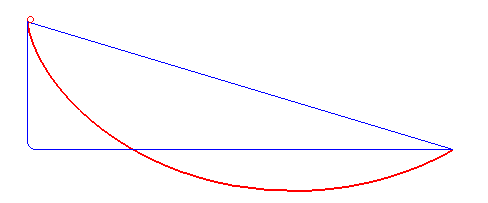
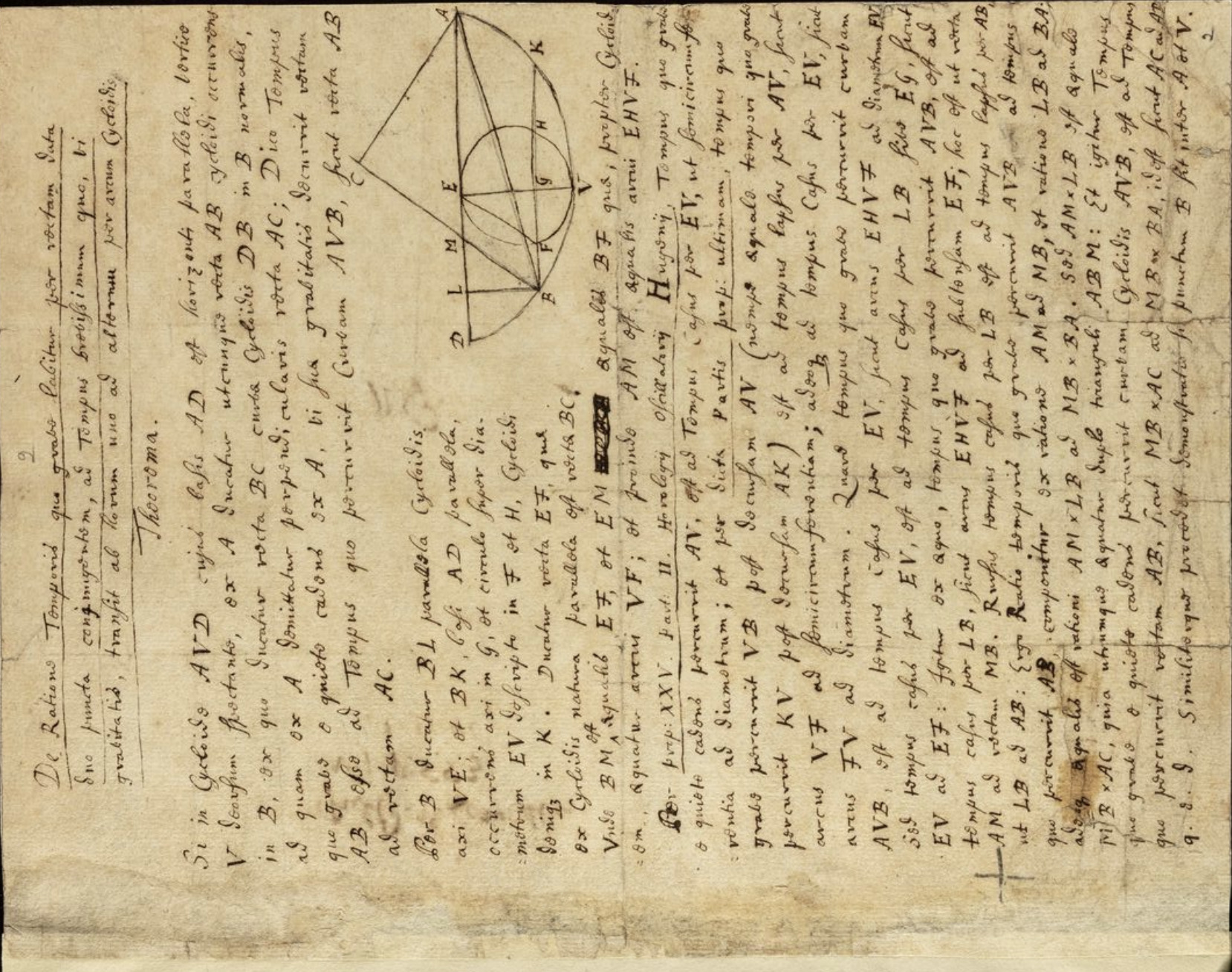
▪ Large context problems (LCP) are useful in teaching the history of science
-
-
-
Description: The concept of Contour Trees (Reeb Graphs for manifolds) for scalar field topology is fundamental, and their usefulness induces many potential applications. I plan to begin with a quick backup on seam carving based on the 2007 paper. Then I move on to ask the question that can the "content-aware" seam carving also be "aware" of topology as well, in any sense?
Meeting; portal] already declined
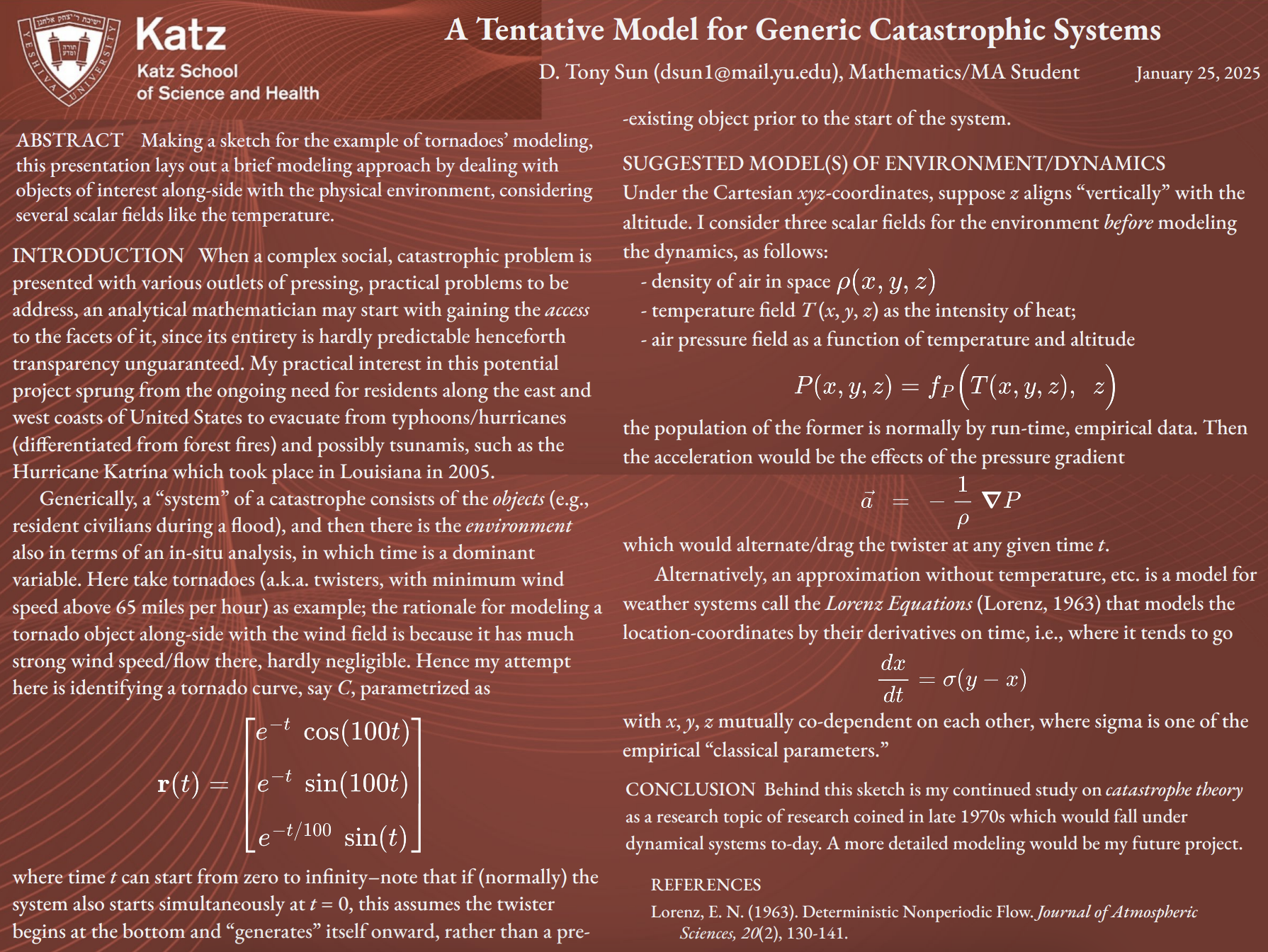
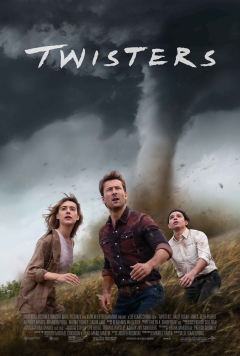
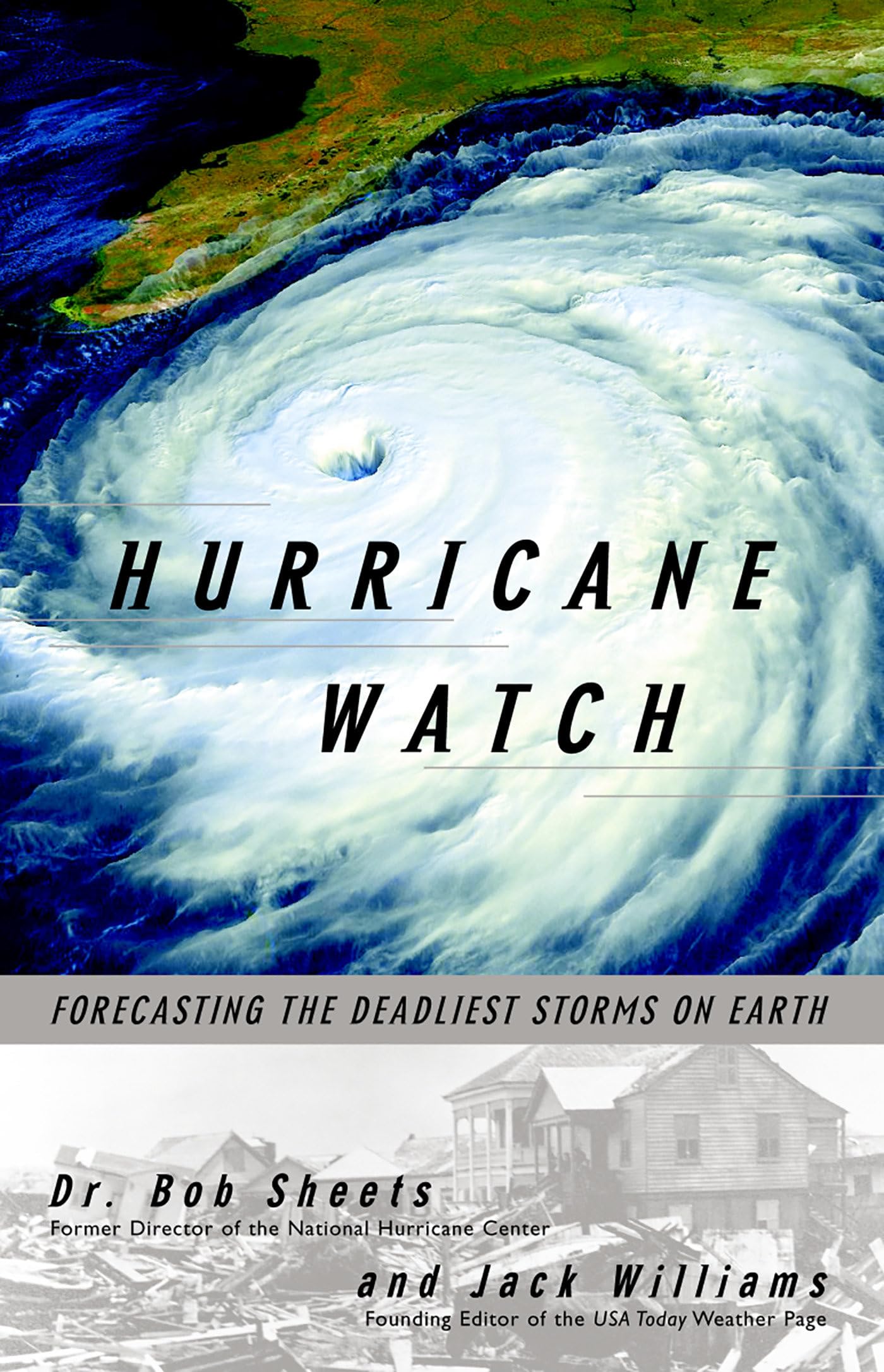

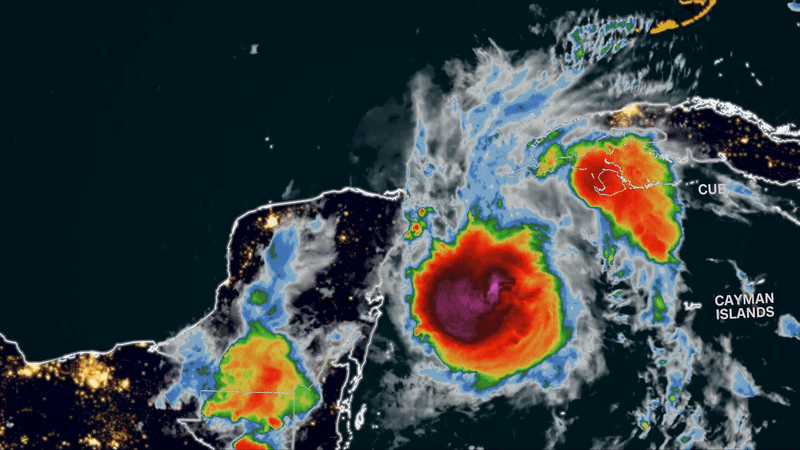
Rightmost: Hurricane Beryl makes landfall in Mexico Friday morning July 5, 2024. CNN Weather.
✎ "substantially higher risk of extreme temperatures and flooding" in Southeastern United States (vulnerable communities)
✎ When Edward Lorenz the meteorologist was studying a simplified version of the model of atmospheric convection, he discovered/wrote up the so-called Lorenz chaotic attractor which is a nonlinear system of three DE's each w.r.t. the same variable time \(d/dt\).
✎ the "system" here is yet unspecified with the provided M variables laid out, potentially stretching M different/distinct branches/territories of "information" either physically or conceptually that identify/characterize this particular system.
✎ examples can vary, but at first each among the M variables, \(X_i\), might be viewed as a "subsystem" but rather better a "component subsystem" which characterizes only that one "aspect" of the system; perhaps a most basic example can be letting say \(X_{9}\) the 9th variable be temperature, and when temperature is contant for the entire system at all time we get a zero derivative over time $$ \dfrac{d}{dt}~X_9 ~=~ 0 $$ which also is a contant itself free from all M variables. Besides, say the budget/expense of maintaining a certain laboratory space, where the system is situated, is among one of the M factors say \(X_{10}\), then the following equation $$ \dfrac{d}{dt}~ X_{10} ~=~ 2 \cdot X_{10} ~:=~ F_{10}(X_1, X_2, \cdots, X_{10}, \cdots, X_M) ~=~ \text{a function depending only on}~X_{10} $$ will indicate that for every unit increase of time (e.g., one more day) the expense doubles...
✎ the \(\delta_{ij}\) denotes the so-called Kronecker delta in $$ \hat{e}_i \cdot \hat{e}_j ~=~ \delta_{ij} $$ as defined to be $$ \delta_{ij} ~=~ \begin{cases} 1 & ~~i = j \\[.45em] 0 & ~~i \neq j \end{cases} $$ namely in particular \(\delta_{kk} ~=~ \hat{e}_k \cdot \hat{e}_k ~=~ 1\) for any shared index \(k\); and from this a "first-order expansion at \(t + dt\)" yields $$ \hat{e}_k \cdot d \hat{e}_k ~=~ 0 $$ where, consequently, the vector \(d \hat{e}_k\) represents the "infinitesimal change in the unit vector (direction)," \(\hat{e}_k\), and it "necessarily lies perpendicular" to \( \hat{e}_k \) itselfi (pp. 33).
✎ -
✎ ..a thunderstorm "causes a violent rotation of air" to touch the ground, which then "creates a tornado"; sometimes the funnel is visible but not always.
✎ tornadoes need the right amount of moisture, instability, lift, and wind shear to develop.
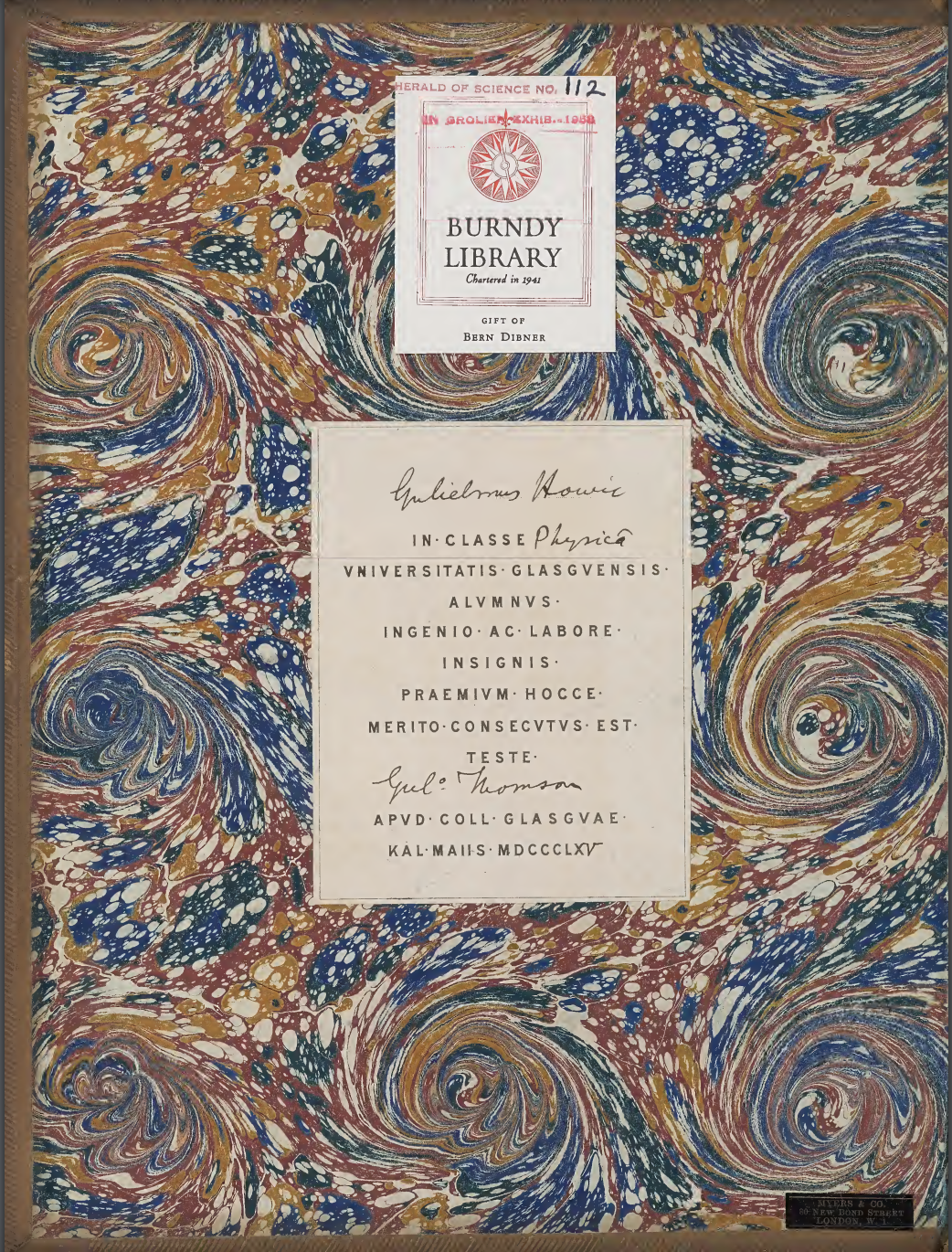
Meteorological and Atmospheric Sciences
✎ "Authentic Japaneseness" seems nowhere to be found: we eat Westernized sushi, we watch censored animes often without knowing about the censorship, and many studies about Japan actually create a Westernized vision of it through artificial resemblances that invented Japaneseness (pp. 104).
✎ Japaneseness seems to be "absent even in Japan," in that Japanese cities are full of Western signs and citations, Japanese people undergo eyelid surgery, English words are constantly used in the Japanese language, and all Japanese cultural productions are influenced by the need to spread globally and so often repeat a simplified and stereotyped vision of Japan itself (pp. 105).
✎ "I cannot have much hope for the future of Japan; as days pass, I feel more and more deeply that if things should proceed this way, 'Japan' might end up disappearing." (Yukio Mishima, Japanese author and poet, 1925-1970)
✎ The idea of a "nationality-ness" as a set of "local" and "pure" unique cultural elements that have belonged and will belong forever only and exclusively to a certain group of humans born in a particular space of the earth, and that have never been influenced by other cultures, is in many cases ideological.
✎ ..both in nature and in culture, all the stabilized forms are born from the flux of the everchanging and continually disappear within this flux (Italian anthropologist Francesco Remotti). It is argued that consequently identities are constructions as a matter of names, of decisions, of cuts, of both arbitrary separations and assimilations, the result of an inevitable fictional and representational need.
✎ Identities are always born from an alterity, and are always struggling to hide the endless operations that createthe two sides of identity and alterity.
(about Naruto:)
✎ .. with a fade-out effect, in which figures such as his father (Minato) and teacher (Kakachi, etc.) appear "within" him, with the most striking example in episode 163. Furthermore, Naruto also uses the techniques of his father and master's; in fact, his name "Naruto" itself is the name of a character invented by his master in a book, and he will claim this origin and try to live as the character.
✎ (Even) the guilts that he carries are not his own, but rather those of the demon (nine-tail fox) that lives inside of him and is the reason of him being refused as an equal by society.
✎ Sasuke, in parallel and possibly like-wise, will never follow an "independent" path but all his actions are made in the function of his brother and the clan, to which he belongs (that is his personal pride and his social shame). At the end of his fight against Itachi, years later, Itachi will even symbolically give his eyes to Sasuke, granting him all his powers.
✎ The form of Sasuke's sharingan will change to include two distinct forms: his own and the one of his brother's. Whenever Sasuke opens his eyes, the figure and memory of Itachi will be re-evoked.
✎ ... the lack of individuality also emerges from an enunciative point of view, by noticing how the combination of internal narrators and flashbacks, and also of the intertextual and intratextual dimensions, prevent the protagonist from fully speaking for himself: the references to a dimension far from the I-here-now are incessant.
✎ (Therefore) the story of Naruto is NOT a story of individuals, but of clans, villages, fathers, brothers, masters, descendants, of ancient guilts and traumas, of traditions to keep and change, of memory and of a community. Present peace "must be obtained by the new generations fighting against the past, literally examplified by fighting against the troublesome technique of "Edo Tensei" which can give life to the dead. The youths are expected to win with the knowledge, teachings, values of the past.
Description: How does currency work in United States (e.g., subconscious choice of not to know certain rules in the economical system for a variety of purposes)? What happened in Albania in 1991? Sometimes, in retrospect, the very fact that we are openly aware of certain things in the world (or vice versa) is, as I argue, a "selected choice" that is based on our subjective consciousness mostly. After conceptualizing a particular piece of knowledge, such as the Watergate scandal during the Nixon presidency, we may grow into oblivion as time goes by, our memories fade away, and our dialogues dissipate. So there is a distinction between ignorance and oblivion, both inherently subjective and "selected" as constrained in this context, although they inevitably are intertwined as well.
Description: The saddest part of the story in Naruto Shippuden may arguably be the mixed tragedies on Itachi Uchiha and Shisui Uchiha's, which resemble the trolley dilemma that asks the question on whether we should choose the Uchiha Clan (a small group within a larger group) or the whole village (the larger group). I hope to revisit this dilemma with this case study because, fundamentally, this is not fair for anyone to decide between the well-known two choices, such as compromising a single man's life. In my 2023 conference presentation, I sketched a diagram modeling/arguing that a population is "victimized" or "under risk" when it is faced with any type of trolley dilemma; people in authority would be forced to make a decision either to hurt, kill or inhibit part of the population, or a single/few individual(s). The first part of this project is to clarify this model I proposed initially, to lay some groundwork for analysis.
The second part of this project is about the "goal of crime" in such situations, which I argue is to compromise as many human lives as possible; this strongly analogizes with the min-max or "minimax" mathematical optimization term, where the "min" part refers to the efforts paid by those like Shisui Uchiha and/or the Third Hokage who wanted to minimize the damage, whereas "max" corresponds to any evil forces and causes whose actions were the damage on people. These two seemingly competing parts point to the two separate tracks in the (alternative) trolley dilemma model I rephrased tentatively, and sadly if there were the only two tracks, the best scenario would be to hurt the single/few individual(s). This part aims at formulating this min-max problem in a more mathematical manner and interprets the four alternative solutions [.jpg] to the Trolley Dilemma using the new formulation. Based off game theory there has been a minimax theorem that a two-variable function \(f = f(x_1, x_2)\) might satisfy $$ \max_{\forall x_1} \min_{\forall x_2}~ f ~=~ \min_{\forall x_2} \max_{\forall x_1}~ f $$ however only "under certain conditions" for both domains \(x_1\in D_1\) and \(x_2\in D_2\) where these variables are feasible, as well as the property of the function or data.
Description: [TBD]
Description: Decision making, such as a legislative vote or an action of a head of state, takes place "yet in the atmosphere that may be dominated by a particular vision, or by a particular conflict of visions" (chapter 1 The Role of Visions; Sowell, T., 2007). If decision-inducing events can be modeled by matrices and/or vectors of a matrix, then matrix eigenanalysis may describe well those particular vision(s) and events which stand out in a collection of visions and events.
Description: [TBD]
Topic: [TBD: Citadel, Solstice, Serendipity: ...] | TBA
Description: [TBD: The Moon, the Star, and the Sun; ◯ ✕ △; Cash, Gold Bars, and Toilet Paper; Breakfast, Lunch, and Dinner; ..]
(e.g., fortress of a city center)
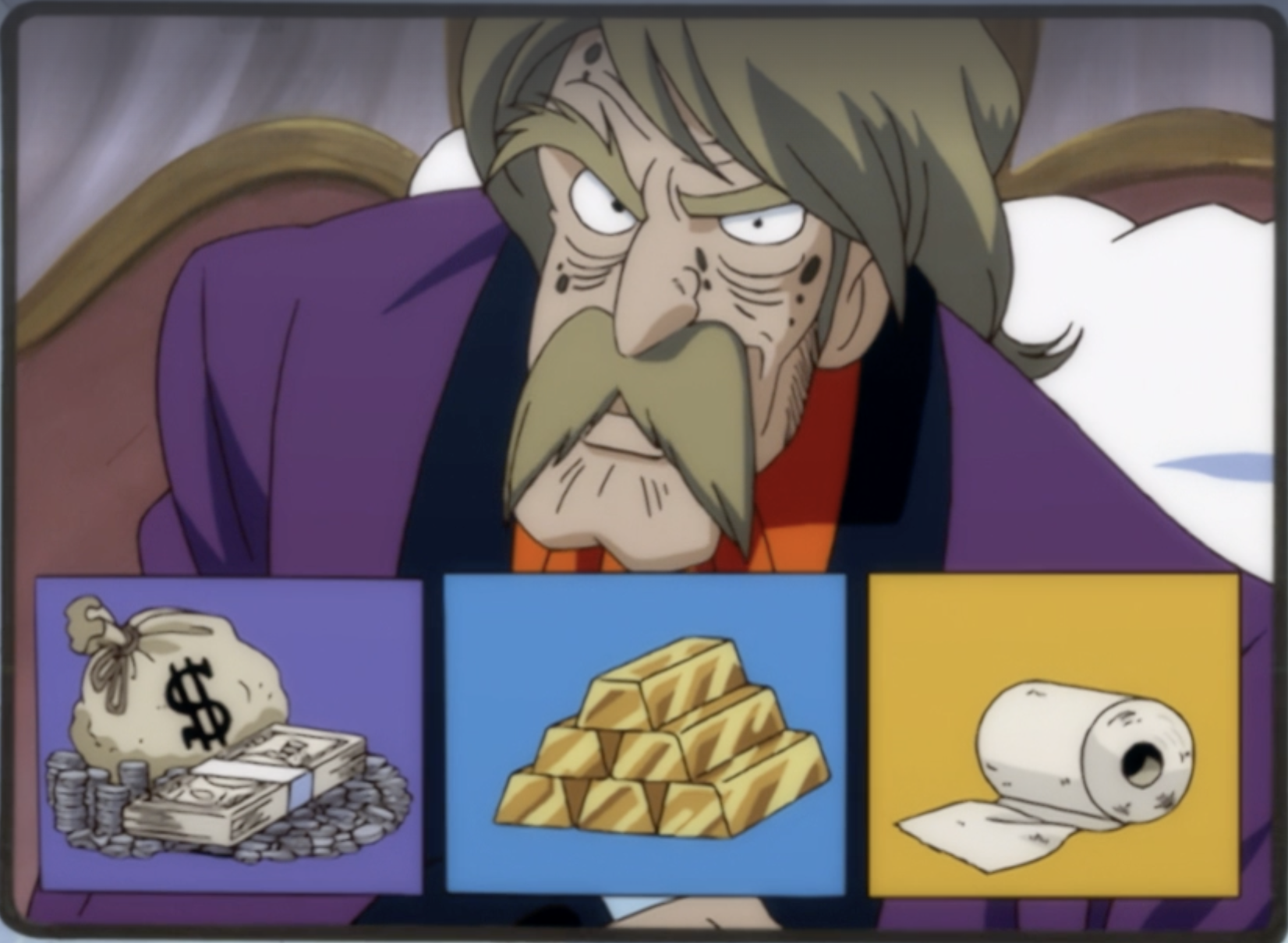


I didn't think too much afterwards on this; but every once in a while, I felt quite okay to just keep the PDF generated from written content on i-Pad; furthermore, I also type down TeX code into the computer, when I need to for notes (for writing a report, article or book, it'd eventually use TeX or other formatting tools). Here I think my overall though/answer is that there is no answer to this question, or in other words I think there is very little meaningfulness in developing such program/software at first -- my reason is because (i) the research question "hand-writing recognition" as part of digital image analysis/understanding is what I studied quite a bit as an undergraduate previously, and my impression is it's mainly for certain particular applicable scenarios when a human reader is not available, which is scarcely the case in real life;
(ii) I noted the software I use, GoodNotes (https://www.goodnotes.com), already provides a "search for words" feature in a generated PDF file, whenever the written images/objects are not too ambiguous to recognize by an algorithm, usually a trained database with a classifier; if I disabled this option, the file size will be smaller, which is what I normally choose;
(iii) still, between two input methods, I enjoy sometimes type-setting TeX source code (with regular alphabet words) on the keyboard, as long as it does not go beyond too tedious or too time-costly -- of course, every information-input medium has its characteristics, and here type-setting allows me to be fixated into this "linear stream" fashion of using a finite set of keys (i.e., all available buttons on a computer, which by convention don't change), and such fixation, when lucky, induces some sense of focus and "structure" of the way I write. At least, I as the typer need to sit in some place / posture and look into a screen not too distant from the keyboard, etc., and this has a little pedagogical benefits too, arguably.
In all, I think it's better to clarify the difference between active versus passive automation, with perhaps many other factors in this context, that not only my "signature identity" will be compromised, but also gradually my confidence in maintaining my authenticity and uniqueness (at the "human artifacts" level rather the genre level) -- because over time I might start thinking now that whatever I jotted down, by hands, will be "taken away" by recording cameras and then via an algorithm, behind which there's a humongous database (trained into the algorithm), then in the end what's the point of giving away my original thoughts? It's a bit similar to Copyright Law's protection of originality, etc.
.....Man "as" the image of God and Man is in His own image. For instance, assume a domain set \(D = \) "humanity" and a surjective map \(f: D \rightarrow \{ \text{God} \}\) with a singleton co-domain, conceptually, that for each man\(a \in D\), there "exists" a trace/link verified by the evaluation of \(f(a)\) from God. The Adam (...) gave birth to his son Seth "in his [Adam's] own likeness" and "after his image," (Genesis 5:3) God also had made Adam and Eve "to bear his image and likeness."
Description: [......]
Mayhew, P. (1976). Crime as opportunity (Vol. 34). London, UK: HM Stationery Office.
Wikipedia contributors. (2024, June 26). Killing of Laken Riley. In Wikipedia, The Free Encyclopedia.
U.S. Customs and Border Protection. Criminal Noncitizen Statistics (for Fiscal Years 2017 - 2024)
(it describes an early version of "C with Classes," the immediate ancestor to C++, five years before the release of C++ and published at Sigplan Notices in January 1982)
Journal Articles
 https://orcid.org/0009-0004-6833-4063
https://orcid.org/0009-0004-6833-4063
Conference Presentations, Selected Technical Reports, etc.
3-D Mesh Model Manipulation: A Prototype sketched in JavaScript (Sep. 2017 to Feb. 2018)
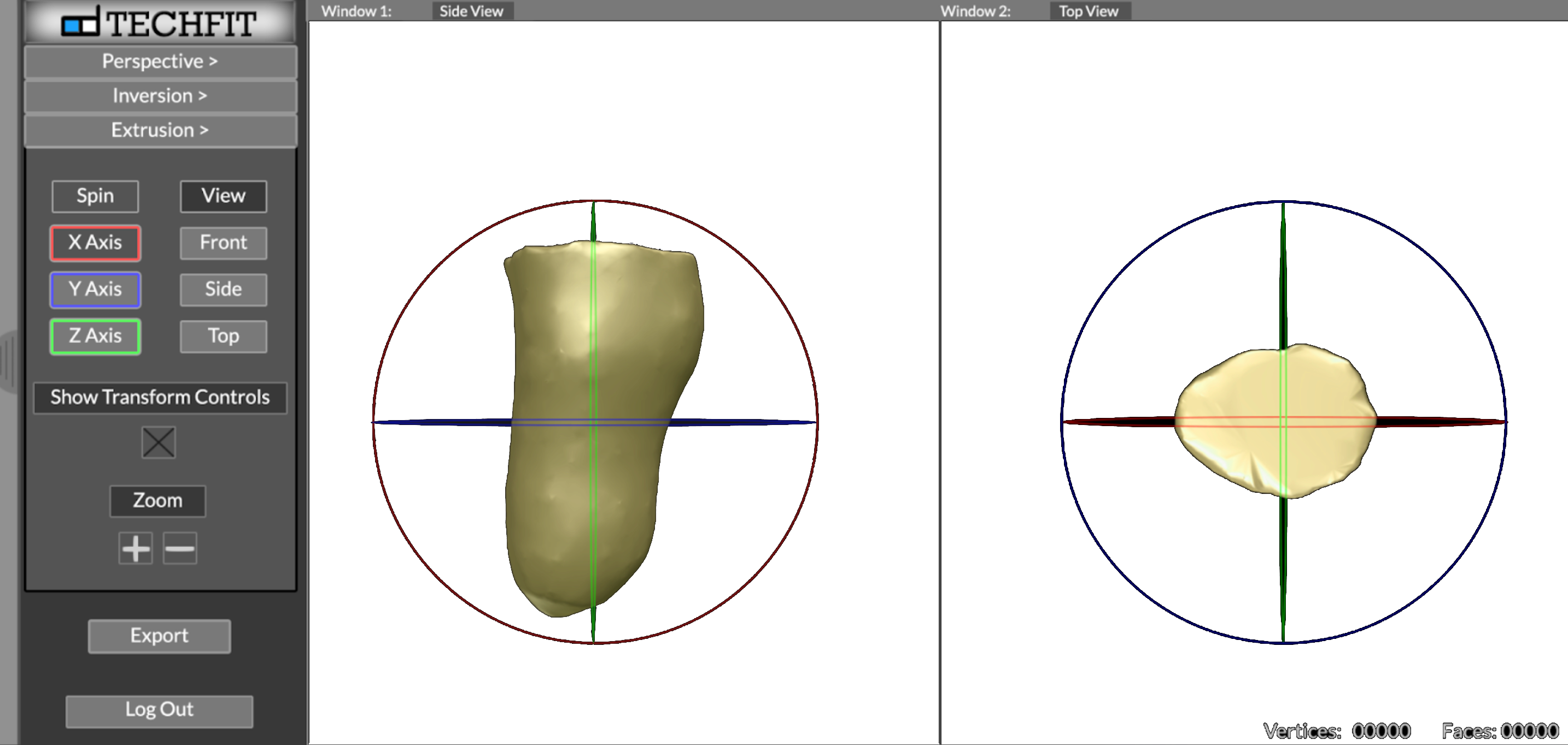 |
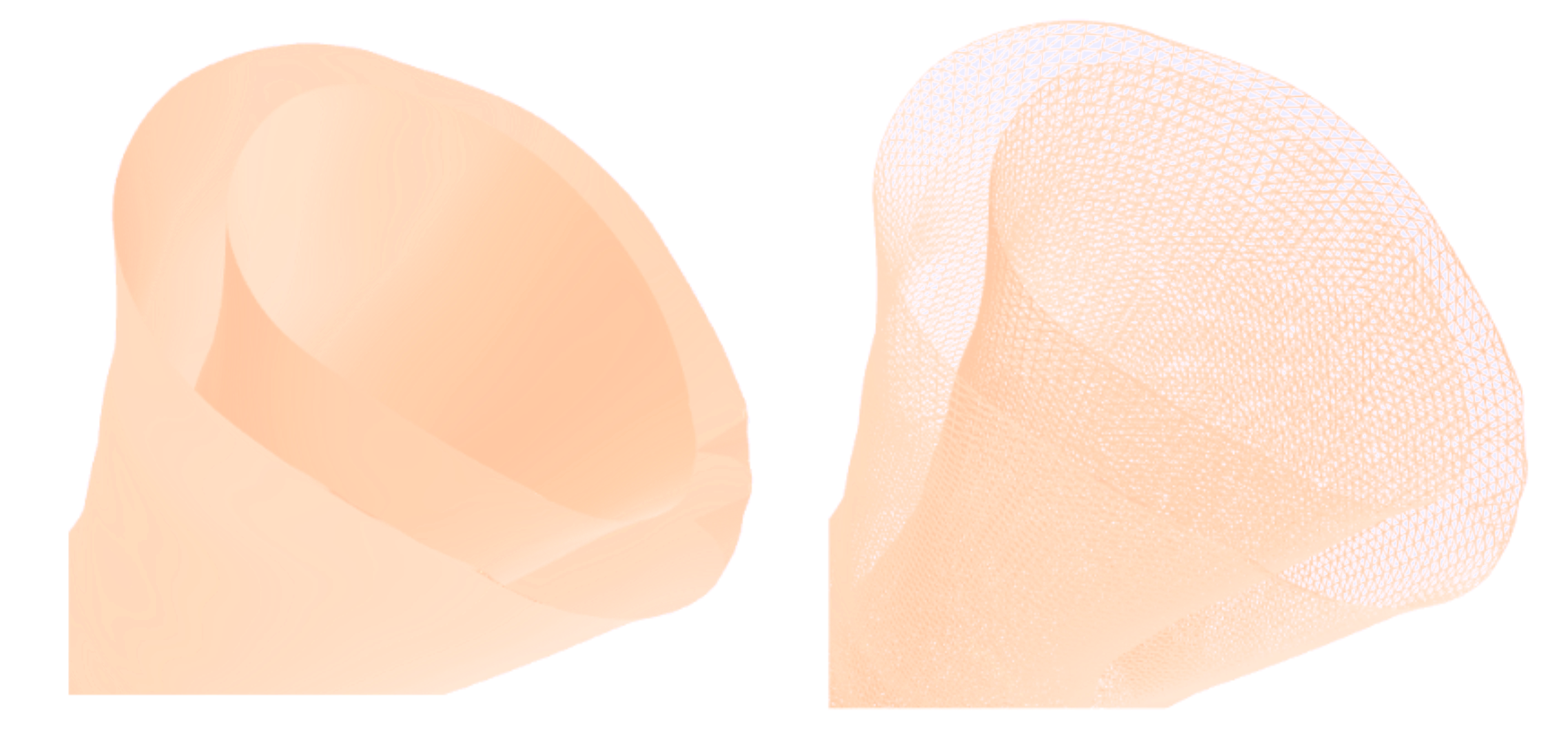 |
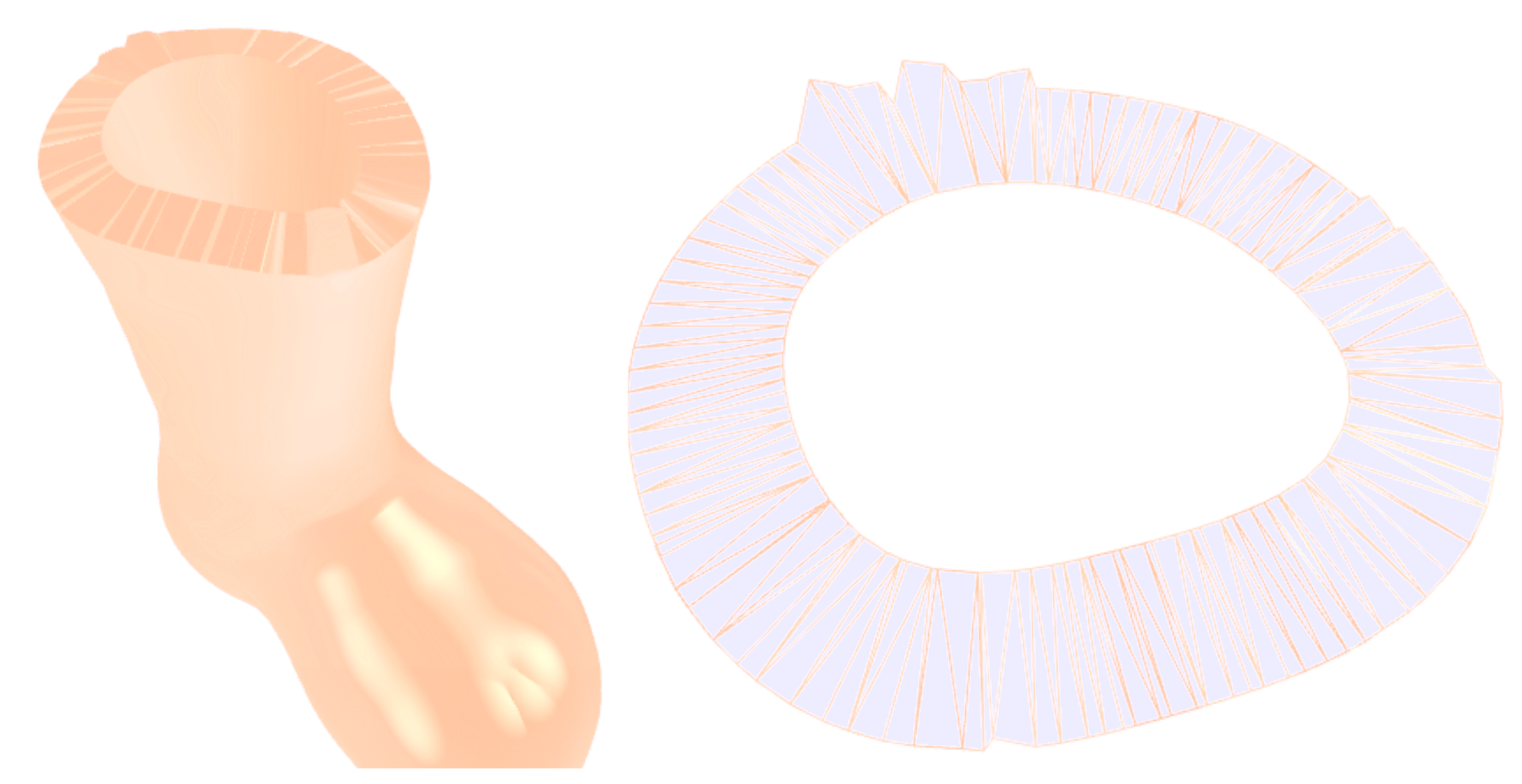 |
| Interface | Two Sockets | The "Lid" |
Projet: Scientific Data Reorganization and Exploration (2016). Final Project of CPSC 881 at Clemson University

 |
 |
 |
 |
| 'hand' and Its Reeb Graph | Fuel Injection from Combustion | Chemical Simulation | Foot from MRI |
 |

 |
| 'mtMitchell' | 'mtRainier' (150\(\times\)193) with Countour Trees Visualizations |
 |
 |
 |
| Magnitudes of \(0^{\text{th}}\)- and \(1^{\text{st}}\)-Order Derivatives and L.I.C. (Line Integral Convolution) |
Streamlines Across the Domain
| Streamlines at Tubes for ROI's |
|
Projects: Renderings of Boston Teapot and Stanford Bunny (2015). Projects of CPSC 605 at Clemson University.
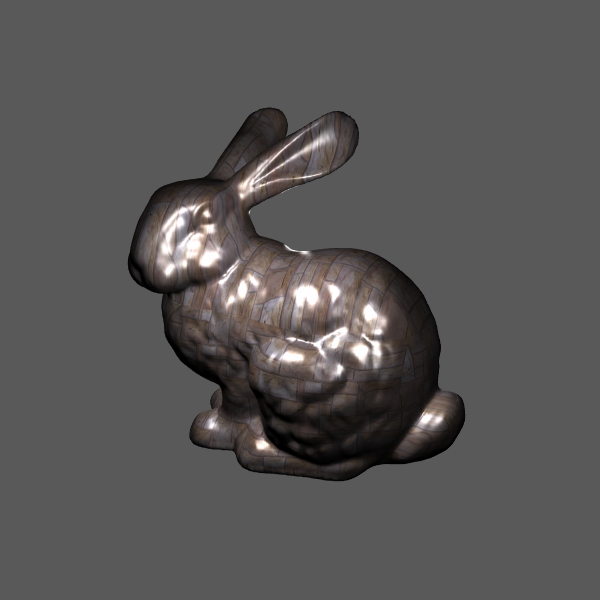 |
 |
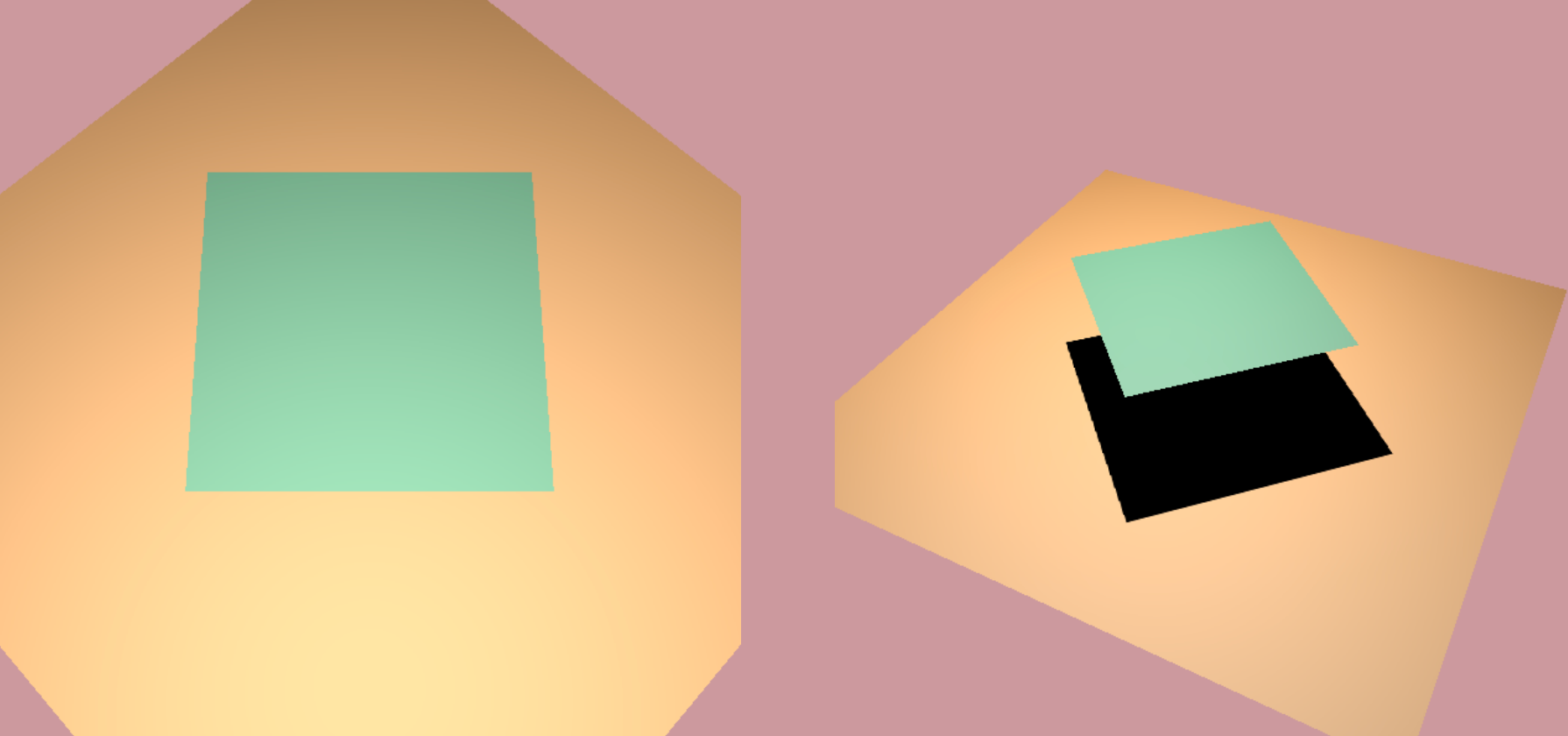 |
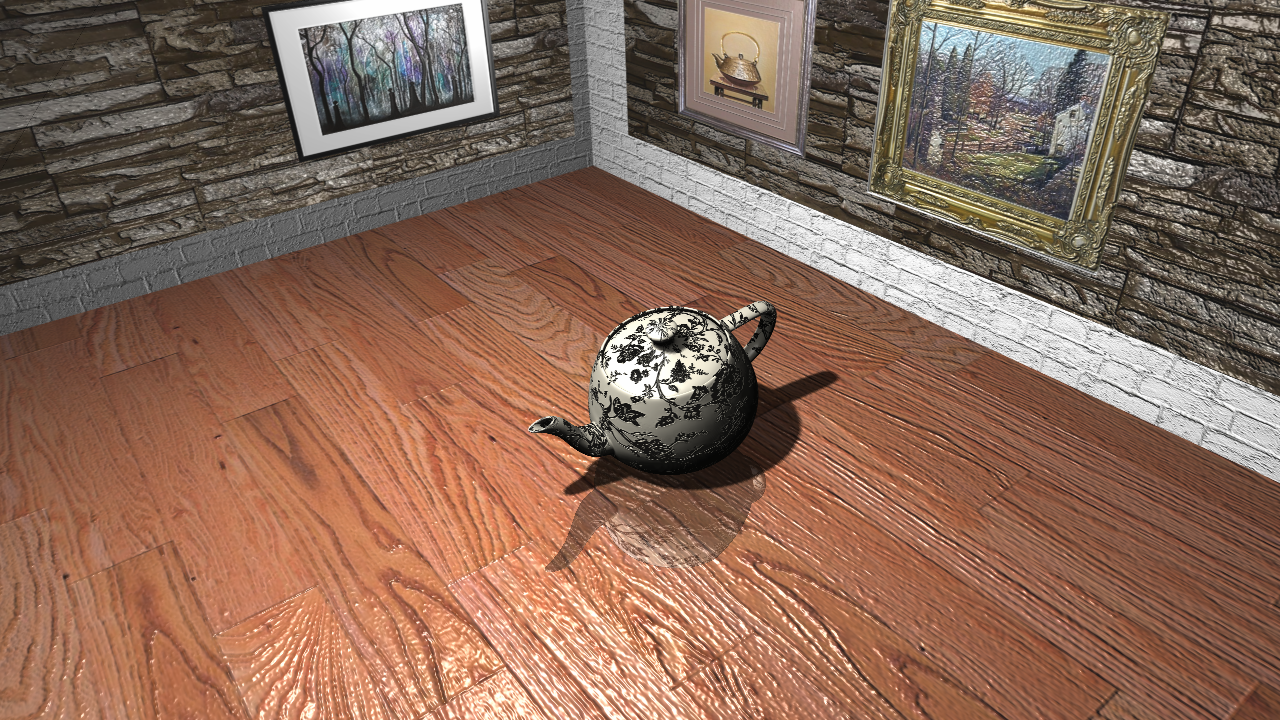 |
| via Phong Shader | via Environment Lighting | Shadow Map | Multiple Objects/Techniques |
Projects: OpenCL-Based Particle System/Cellular Automata Rendering (2015). Projects of CPSC 678 at Clemson University.
 |
 |
 |
| Basic Layout of Sprinkler | Declaring 'clEnqueueNDRangeKernel' for Kernel Execution | Wave Effect with/without Alpha Blending |
Project: Image Colorization Using Similar Images by Huang, S. & Sun, D. (2015). Final Project of CPSC 863 at Clemson University. [writeup, slides]
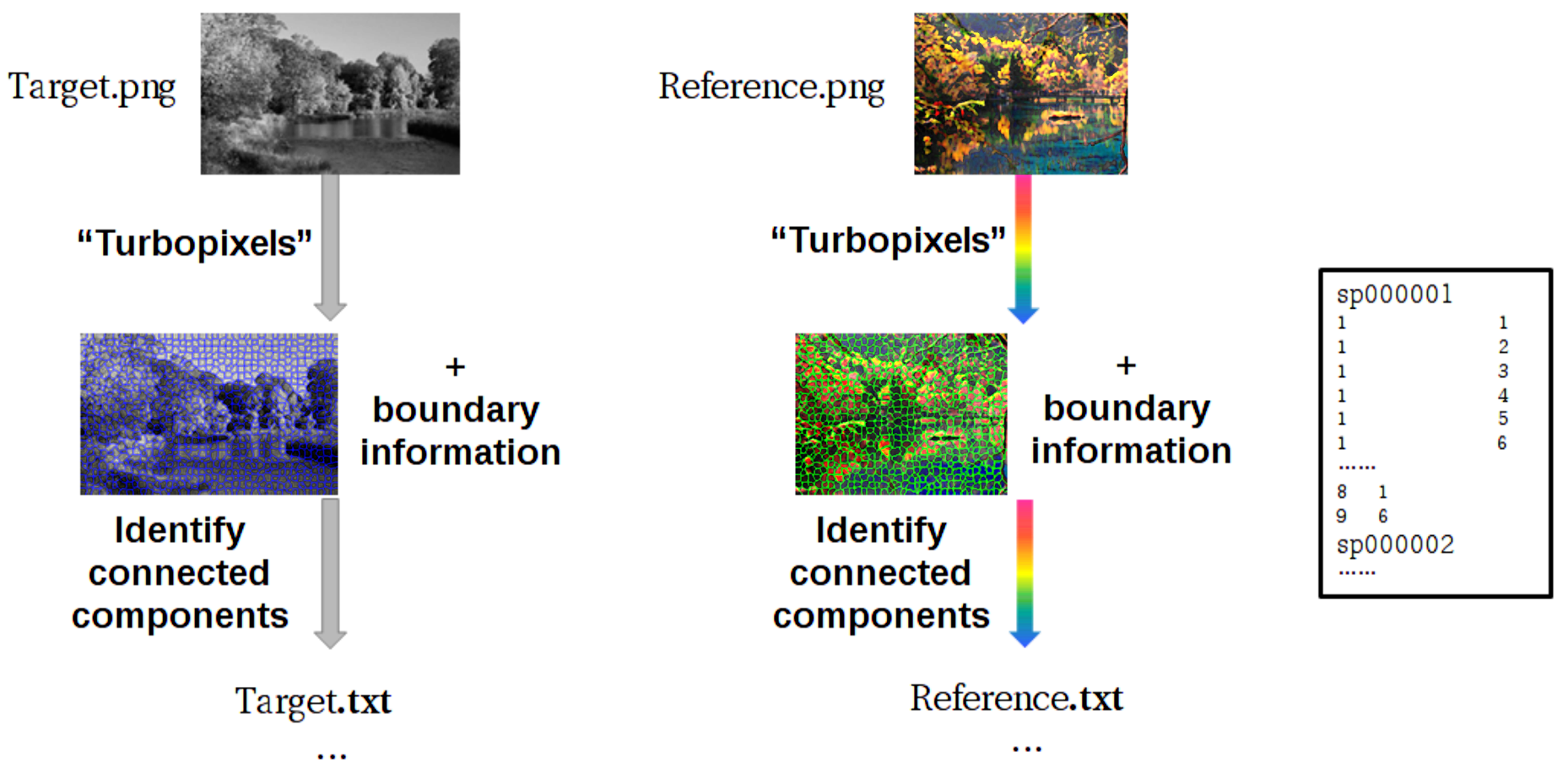 |
 |
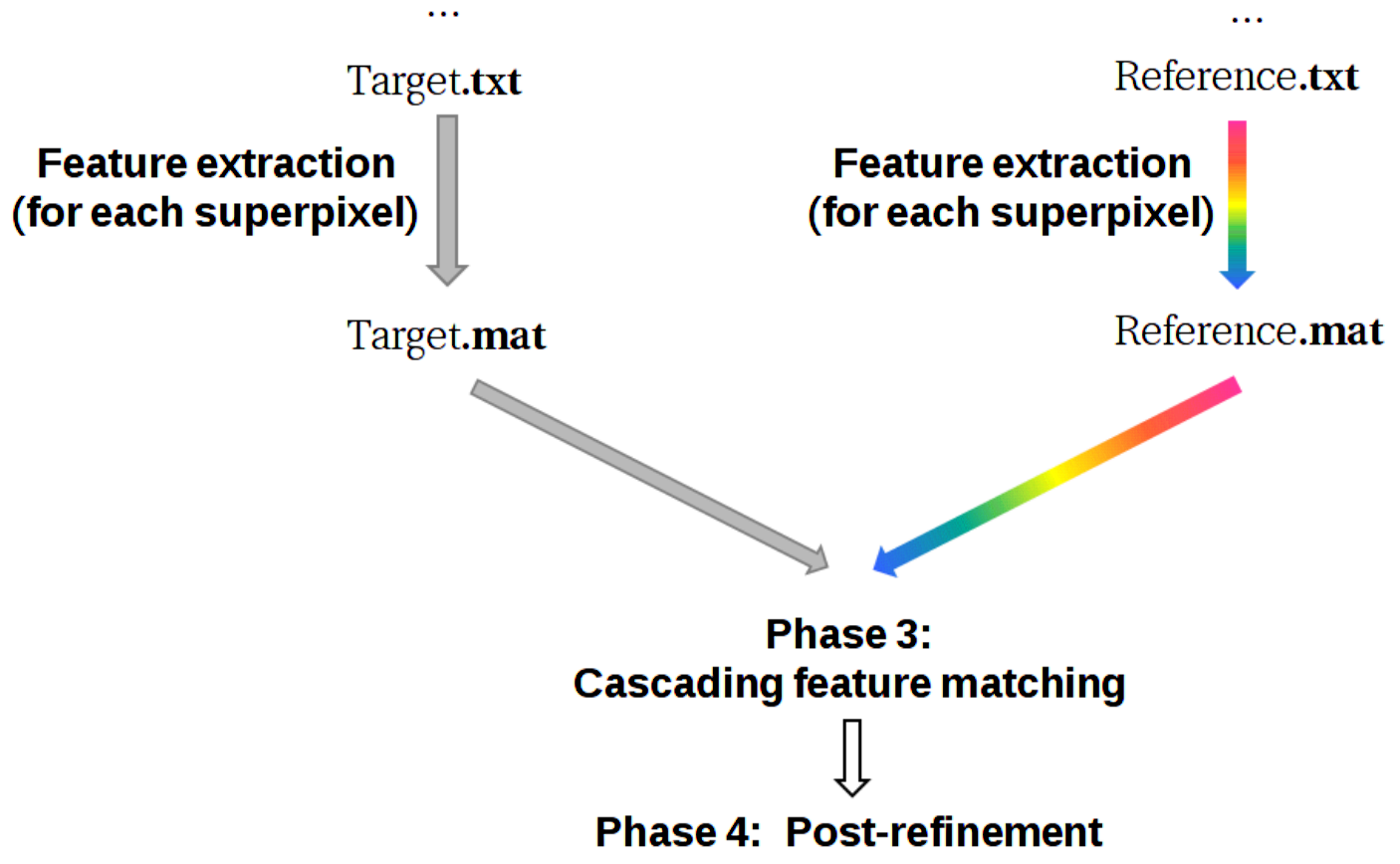
|
 |
| Phase I: Identifying Superpixels | 'Turbopixel' at ~40 Pixels Per Cell | Phase II: Mixed Gabor-SURF 172-D Feature | Leveraging Multiple Examplers |
M.S. Thesis
|
||||||
B.Eng. Thesis

|

|

|

|
Personal Reading Bibliography
Achorn, E. (2023). The Lincoln Miracle–Inside the Republican Convention That Changed History. Atlantic Monthly Press (New York).
Alderton, D. (2023). Dear Dolly: Collected Wisdom. HarperCollins Publishers.
▪ it is "more powerful to verbalize a response, not simply to think it in one's head"
▪ .. accuse Bilam of virtue signaling. Beneath the veneer of divine devotion lay internal turmoil.
▪ Bilam's character flaws are particularly exposed in his interactions with his donkey. Bilam's anger is on full display, when after his donkey refused to proceed for the third time, "Bilam was furious and beat the donkey with his stick" (Num. 22:27). It is precisely in frustrating situations when character is tested. Bilam failed.
▪ .. (Aristotle) found a place for anger when harnessed against injustices. A life devoid of anger at best reflects a pollyannish worldview, and at worst exposes an apathy towards an unredeemed society.
▪ God models for us the subtlety and nuance of virtuous anger. God utilizes anger to assist the righteous, to correct injustices, and to protect the vulnerable.
▪ Instead of striking his trusted, defenseless, and helpless animal, Bilam should have reacted with compassion and empathy.
Barth, J. (1958). End of the Road. Avon Books.
Bergmann, G. (1959). Meaning and Existence. The University of Wisconsin Press.
Boswell, J. (1917). Boswell's Life of Johnson (abridged and edited). Charles Scribner's Sons.
Cederholm, D. (2022). Twenty Bits I learned About Making Websites. SimpleBits, LLC.
Sir Conan Doyle, A. (1964). A Study in Scarlet & The Sign of Four. Doubleday & Company, Inc. Garden City, New York (A Dolphin Reprint). OCLC: 62620172
Sir Conan Doyle, A. (1963). The Adventures of Sherlock Holmes. Berkley Books.
Sir Conan Doyle, A. (1994). The Hound of the Baskervilles. Dover Publications, Inc.
Crilly, T. (2022). 50 Math Ideas You Really Need to Know. Greenfinch.
Dickens, C. (1981). Hard Times (for These Times). Bantam Books.
Eisenhart, M. A. & Finkel, E. (1998). Women's Science: Learning and Succeeding from the Margins. The University of Chicago Press.
▪ on being "designed to be in service" to others and to the universe itself
▪ everything is "created to support and nurture both its parts and the overall entity"
▪ "essence of universe" -- mirrored in every fragment of its vastness, suggesting a universal architecture designed for service and support
▪ (Braden) .. his explorations ... compelling narrative: "we are not mere observers but active participants in the universe's unfolding story"
▪ Service, it appears, is not just an act of altruism but a fundamental expression of our true essence and mission.
▪ Volunteering and community service provide avenues to enrich our livesand the world.
..the impossibility of compromise; we must, in as much as we are industrialists, glory in industrialism and its powers of mass-production, seeing that good taste in its products depends upon their absolute plainness and serviceableness; and in so much as we remain outside industrialism, as doctors, lawyers priests and poets of all kinds must necessarily be, we may glory in the fact that that we are responsible workmen & can produce only one thing at a time. That if you look after goodness and truth beauty will take care of itself, is true in both worlds. The beauty that industrialism property produces is the beauty of bones; the beauty that radiates from the work of men is the beauty of holiness.
Goodman, P. (1954). The Structure of Literature. The University of Chicago Press.
Hanawalt, B. A. (1993). Growing Up in Medieval London: The Experience of Childhood in History. Oxford University Press.
Harnack, A. (1998). Writing Research Papers: A Student Guide for Use with Opposing Viewpoints. (Second Edition). Greenhaven Press, Inc.
Hirsch, P., & Hilton, M. (2014). Practical Visionaries: Women, Education and Social Progress, 1790-1930. Routledge.
Kennedy, J. F. (2006). Profiles in Courage. Harper Perennial Modern Classics.
Kyle, T. (2015). American Wife: Love, War, Faith, and Renewal. William Morrow.
[Volume II] Freeman III, J. F. (2005). Freedom, Authority, and Resistance. Xlibris Corporation.
[Volume III] Rothermel, B. (2005). Shaping Truth: Culture, Expression, and Creativity. Xlibris Corporation.
[Volume IV] Stump, P. H. (2006). Society, Solitude, and Community. Xlibris Corporation.
[Volume V] Lang, D. G. (2007). War, Peace, and Empire. Xlibris Corporation.
[Volume VI] Peterson, K. (2007). Mathematics and the Development of the Physical Sciences. Xlibris Corporation.
[Volume VII] Turek, J. (2008). Income Inequality and Social Stratification: Causes and Consequences. Xlibris Corporation.
[Volume VIII] Freier, D. O. (2009). Shaping the Environment: Science, Technology, and Society. Xlibris Corporation.
[Volume IX] Werner, D. W. (2009). Science and Human Nature. Xlibris Corporation.
[Volume X] Nathan, M. L. (2010). Leadership, Ethics, and Their Circumstances. Xlibris Corporation.
Miller, B. (2015). Defining Moments: 100 Kingdom Thoughts for Life-Changing Living. Cross Books.
Morton, A. (2017). Diana: Her True Story–In Her Own Words. Simon & Schuster Paperbacks.
Rev. Moore, C. W. & Bittner, R. (2010). The Complete Idiot's Guide to Faith. Alpha/Penguin Group (USA) Inc.
Malament, D. (1947). Review Digest of Plane Trigonometry. Republic Book Company, Inc.
Mark, M. (1973). Modern Ideologies. St. Martin's Press.
Merriam-Webster. (2014). Webster's Dictionary of the English Language. Bendon.
Miller, M. H. (1986). Plato's Parmenides: The Conversion of the Soul. The Pennsylvania State University Press.
Nagel, E. & Newman, J. R. (1958). Gödel's Proof. New York University Press.
Nathan, R. (1933). One More Spring. Knopf.
Elder, L. (Jul 22, 2024). "John F. Kennedy: A Star Is Born." PragerU.
Elder, L. (Jul 22, 2024). "John F. Kennedy: Young President in Crisis." PragerU.
Prager, D. (Jul 18, 2024). "Ep. 350 — The Attempted Assassination of Donald Trump." PragerU.
Quiz: How much do you know about the 35th President of the United States?
Ressa, M. (2022). How to Stand Up to a Dictator: The Fight for Our Future. HarperCollins.
Rosenfeld, G. D., & Ward, J. (2023). Fascism in America: Past and Present. Cambridge University Press.
▪ Moral fable [short story, w/ animals as characters, conveying a moral] about good, evil and redemption. It is a well-known story in Japan.
▪ .. new wave of soul-searching among Democrats. Exit pools found that more voters based their presidential vote on "moral values" than on any other issue-more than terrorism, the war in Iraq, or the state of the economy.
▪ In the four decades following Lyndon Johnson's landslide victory in 1964, only two Democrats won the presidency. One was Jimmy Carter, a born-again Christian from Georgia who, in the wake of Watergate, promised to restore honesty and morality to government; the other was Bill Clinton who, despite his personal foibles, displayed a keen instinctive grasp of the religious and spiritual dimensions of politics.
▪ Though the impulse is right, the hortatory [urging, exhorting or encouraging an action such as speech] fix for the values deficit comes across as stilted and unconvincing, for two reasons: (i) Democrats have had trouble articulating, with clarity and conviction, the vision of economic justice that underlies their social and economic policies; (ii) even a strong argument for economic justice does not by itself constitute a governing vision.
▪ .. asked the President why he was not asking the American people to sacrifice more so that they would feel connected with their fellow citizens fighting and dying in Iraq. Bush seemed mystified, replying, "What does that mean, 'sacrifice more'?" Brokaw offered the example of World War II rationing and restated his question: "There's a great sense, I think, that there's a disconnect between what American military people are doing overseas and what Americans are doing at home."
▪ That Democrats did not seize the theme of sacrifice, and that Bush scarcely understood the question, testifies to the dulled civic sensibilities of American politics in the early years of the twenty-first century... incumbent [necessary as a duty or responsibility] President
Shakespeare, W. (1995). The Merchant of Venice. Dover Publications, Inc.
Sharlin, H. I. (1979). Lord Kelvin, the Dynamic Victorian. The Pennsylvania State University Press.
Sinclair, U. (1959). Theirs be the Guilt: A Novel of the War Between the States. Twayne Publishers, New York.
Sisman, E. R. (1993). Mozart: The 'Jupiter' Symphony No. 41 in C major, K. 551. Cambridge University Press.
Sowell, T. (2007). A Conflict of Visions: Ideological Origins of Political Struggles. Basic Books; Revised edition.
Stroustrup, B. (1994). The Design and Evolution of C++. Addison-Wesley Publishing Company.
Twain, M & Frame, P. (illustrated). (n.d.). The Adventures of Tom Sawyer. Whitman Publishing Company.
Van Paassen, P. (1943). The Forgotten Ally. Dial Press (New York).
Wallace, D. F. (2010). Everything and More: A Compact History of \(\infty\). Atlas Books and W. W. Norton & Company.
Zschock, M. D. (2012). Hello, San Francisco! Commonwealth Editions/Applewood Books, Inc.
[Film] Armstrong, V. (2014). Left Behind. Entertainment One & Stoney Lake Entertainment.
[Film] Hallström, L. (2013). Safe Haven. Relativity Media & Temple Hill Entertainment.
[Film] Kawagoe, J. (Director). (2003). Operation Return the Treasure お宝返却⼤作戦. imdb.com/title/tt0834585
[Film] DIRECTOR (Director). (Release Year). Title of motion picture [Film]
Selected Quotes
Arguments are either forms of attach or forms of defense. —Julia Galef (1983-), American Writer, Speaker and Cofounder of the Center for Applied Rationality
As soon as you trust yourself, you will know how to live. —Johann Wolfgang von Goethe (1749-1832), German Polymath and Writer
Be more concerned with your character than your reputation, because your character is what you really are, while your reputation is merely what others think you are. —John Wooden (1910-2010), American Basketball Coach
Beware of little expenses; a small leak will sink a great ship. —Benjamin Franklin (1706-1790), American Polymath, Statesman, Founding Father, Political Philosopher, etc.
Choosing to be curious is choosing to be vulnerable because it requires us to surrender to uncertainty. It wasn't always a choice; we were born curious. But, over time, we learn that curiosity, like vulnerability, can lead to hurt. As a result, we turn to self-protecting—choosing certainty over curiosity, armor over vulnerability, and knowing over learning. —from Rising Strong: The Reckoning. The Rumble. The Revolution (2015, Random House) by Brené Brown (1965-), American Scholar and Social Worker
Do not conform any longer to the pattern of this world, but be transformed by the renewing of your mind. —Romans 12:2
Don't waste time debating what a good man should be. Just be one. —Marcus Aurelius (121-180), Former Roman Emperor and Stoic Philosopher
Excellence is never an accident. It is always the result of high intention, sincere effort, and intelligent execution. —Aristotle (384 BC-322 BC), Greek Philosopher and Polymath
Facts about the past, after they are interpreted, become history. The interpretation makes the past intelligible and, above all, relevant to the living. —Harold Issadore Sharlin, Historian and Former Professor of History at Iowa State University
Happiness and freedom begin with a clear understanding of one principle: some things are within your control, and some things are not. —Epictetus (c. 50-c. 135), Greek Stoic Philosopher
Happiness isn't happiness without a violin-playing goat. —Anna Scoot, Fictional Character in Notting Hill (Michell, R., 1999)
He who laughs at himself never runs out of things to laugh at. —Epictetus (c. 50-c. 135), Greek Stoic Philosopher
History is not contained in thick books but lives in our very blood. —Carl Jung (1875-1961), Swiss Psychiatrist and Psychoanalyst
History teaches us that man learns nothing from history. —Georg Wilhelm Friedrich Hegel (1770-1831), German Philosopher
I would really like to encourage, once again, entrepreneurs to enter the lithium refining business.. It's basically like printing money right now.. You can't lose. —Elon Musk (1971-), American Businessman and Investor
If I were a player, he (Allen Iverson) would be one of my best friends. —Larry Brown (1940-), American Basketball Coach
If it costs you your peace, it is too expensive. &mdah;Paulo Coelho (1947-), Brazilian Lyricist and Novelist
If you tell the truth, you don't have to remember anything. —Mark Twain (1835-1910), American Writer and Humorist
Keep your mind on the things you want and off the things you don't want. —Napoleon Hill (1883-1970), American Author and Con Artist
Learning is not compulsory, but neither is survival. —W. Edwards Deming, American Business Theorist, Composer, Economist, etc.
Many a man thinks he is buying pleasure, when he is really selling himself to it. —Benjamin Franklin (1706-1790), American Polymath, Statesman, Founding Father, Political Philosopher, etc.
"Marry me to teach you how to live, and you teach me how to die," tenderly said Charlie Chaplin after he decided to propose to Oona who was thirty years his junior, who then responded with grace, "No Charlie, I will marry you to learn how to grow mature, and I will teach you how to remain young till the end." —Sir Charles "Carlie" Chaplin (1889-1977), English Comic Actor and Writer and Oona O'Neill (1925-1991), Bermudian Actress
No legacy is so rich as honesty. —William Shakespeare (1564-1616), English Playwright, Poet, and Actor
Reason has, at last, shown her captivating [attracting/holding interests and attentions; charming] face, beaming with benevolence; and it will be impossible for the dark hand of despotism [oppression, etc.] again to obscure its radiance, or the lurking dagger of subordinate tyrants to reach her bosom. The image of God implanted in our nature is now more rapidly expanding; and, as it opens, liberty with maternal wing seems to be soaring to regions far above vulgar [unrefined; lacking sophistication nor any good taste] annoyance, promising to shelter all mankind. —from "An Historical and Moral View of the Origin and Progress of the French Revolution and the Effect it has Produced in Europe" by Mary Wollstonecrasft (1759-1797), British Writer and Philosopher
The best and most beautiful things in the world cannot be seen or even touched—they must be felt with the heart. —Helen Keller (1880-1968), American Author
The greatest teacher is not the one who imparts knowledge, but the one who inspires curiiosity. —Timotheus of Miletus (446 B.C.-357 B.C.), Greek Musician and Dithyrambic Poet
The mystery of human existence lies not in just staying alive, but in finding something to live for. —Fyodor Dostoevsky (1821-1881), Russian Novelist
The nearer a man comes to a calm mind, the closer he is to strength. —Marcus Aurelius (121-180), Former Roman Emperor and Stoic Philosopher
You will never do anything in this world without courage. It is the greatest quality of the mind next to honour. —Aristotle (384 BC-322 BC), Greek Philosopher and Polymath
Media Coverage
Clemson Alum (2024). Academic Influences. Tiger Stories: 2024 Clemson University Oral History Project. [audio, transcribed]Student Member of The Providence Athenæum Providence, R.I.
Graduate Student Member of American Philosophical Association's Eastern Division apaonline.org
Student Member of Project Management Institute's New York City Chapter
Guardian Membership with American Society for the Prevention of Cruelty to Animals (ASPCA) www.aspca.org
Graduate Student Member of American Association of University Women aauw.org
Student Member of American Library Association (ALA) ala.org
Graduate Student Member of American Mathematical Society (AMS) ams.org
Student Member of Mathematical Association of America (MAA) maa.org
Member of the Poetry Society of America poetrysociety.org
Member of the Poetry Society of New York poetrysocietyny.org
Student Member of the Federalist Society fedsoc.org Washington, DC
Student Member of American Association of Colleges and Universities (AAC&U, aacu.org), Washington, DC
Completed or Archived Projects and Notes
Today's discourse styles have framed us into a constraint of self-repetitions, in either virtual or traditional, in-person dialogues. Much of this was induced by our disolving attention span and patience, and yet there is something else that invaded into our discourse and became part of the hindrance to effective speech. This short article presents a tentative "theory" of why we are repeating and telling ourselves things with certainty, mostly in words, that we already knew implicitly and were already able to conceptualize in other forms of meaning-making. Such misplaced, pseudo-necessity can be surprisingly costly in contexts like collegiate classrooms. Beyond, the same question for individuals, what about at the group level for the general public? The author further concludes that this self-repetitive, sometimes toxic pattern is part of what he calls the "common knowledge predicament" in that all of us suffer more or less from the lack of understanding, or even misunderstood conventions, among a supposedly mutually-repsected population who are, counterintuitively, subject to the illiteracy epidemic.
accepted to IJFMR Jan. 2025)
Additional Journal Resources (cont.)
Archive for Mathematical Logic, Springer
Western Journal of Communication and Southern Communication Journal (Taylor & Francis)
Journal of Communication by International Communication Association & Oxford Academic (portal)
Political Philosophy journal launched in 2024 with the Open Library of Humanities (OLH)
Bulletin of Symbolic Logic, Cambridge Core (the online content delivery service for Cambridge
University Press's collection of journals and books across the sciences, social sciences and humanities
subject areas). ISSN: 1079-8986 (Print), 1943-5894 (Online)
The Journal of Symbolic Logic, Cambridge Core. ISSN: 0022-4812 (Print), 1943-5886 (Online)
The Mathematical Gazette, Cambridge Core. ISSN: 0025-5572 (Print), 2056-6328 (Online)
Mathematical Structures in Computer Science, Cambridge Core. ISSN: 0960-1295 (Print), 1469-8072 (Online)
Proceedings of the Edinburgh Mathematical Society, Cambridge Core. ISSN: 0013-0915 (Print), 1464-3839 (Online)
Proceedings of the Royal Society of Edinburgh Section A: Mathematics, Cambridge Core. ISSN: 0308-2105 (Print), 1473-7124 (Online)
The Review of Symbolic Logic, Cambridge Core. ISSN: 1755-0203 (Print), 1755-0211 (Online)
Legal Theory, Cambridge Core. ISSN: 1352-3252 (Print), 1469-8048 (Online)
Philosophy, Cambridge Core. ISSN: 0031-8191 (Print), 1469-817X (Online)
Think, Cambridge Core. ISSN: 1477-1756 (Print), 1755-1196 (Online)
Royal Institute of Philosophy Supplements (Supplement to 'Philosophy'), Cambridge Core. ISSN: 1358-2461 (Print), 1755-3555 (Online)
Annals of Mathematics, Princeton University & Institute for Advanced Study
Journals [Philo. Transac. A] by The Royal Society, a Fellowship of many of the world's most eminent scientists and is the oldest scientific academy in continuous existence.
Oxford Academic, academic research platform (with journals) by Oxford University Press (OUP).
